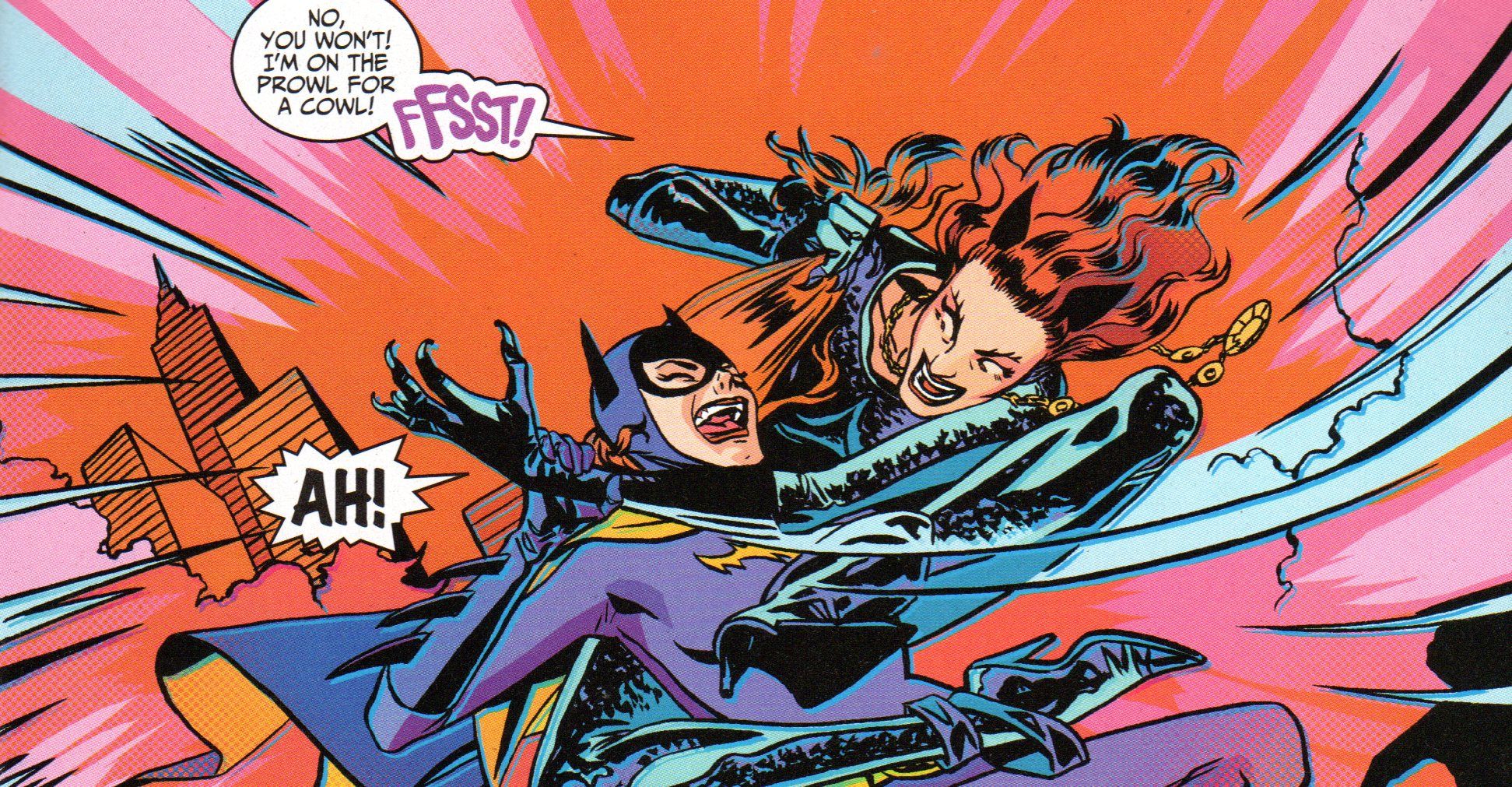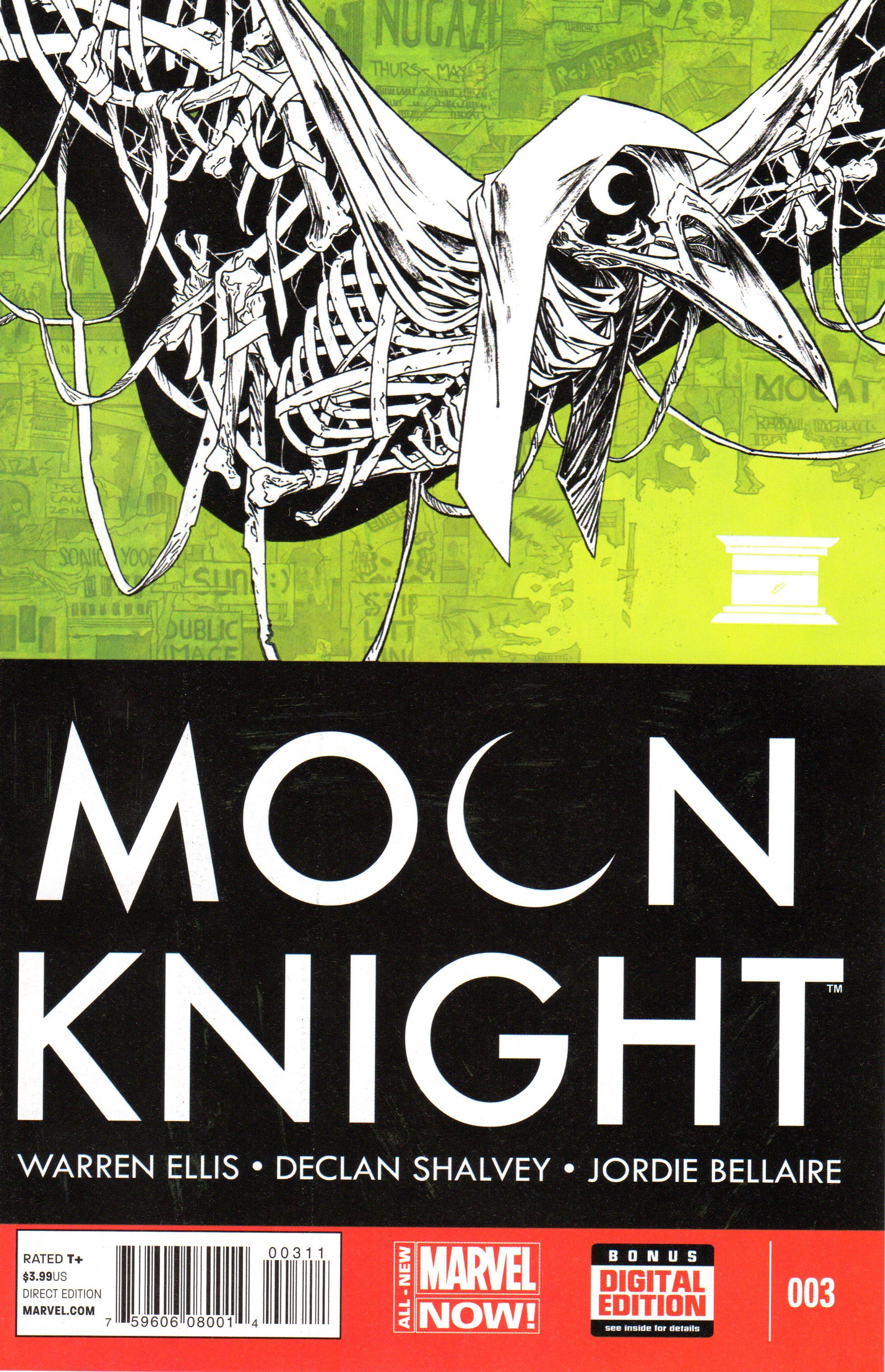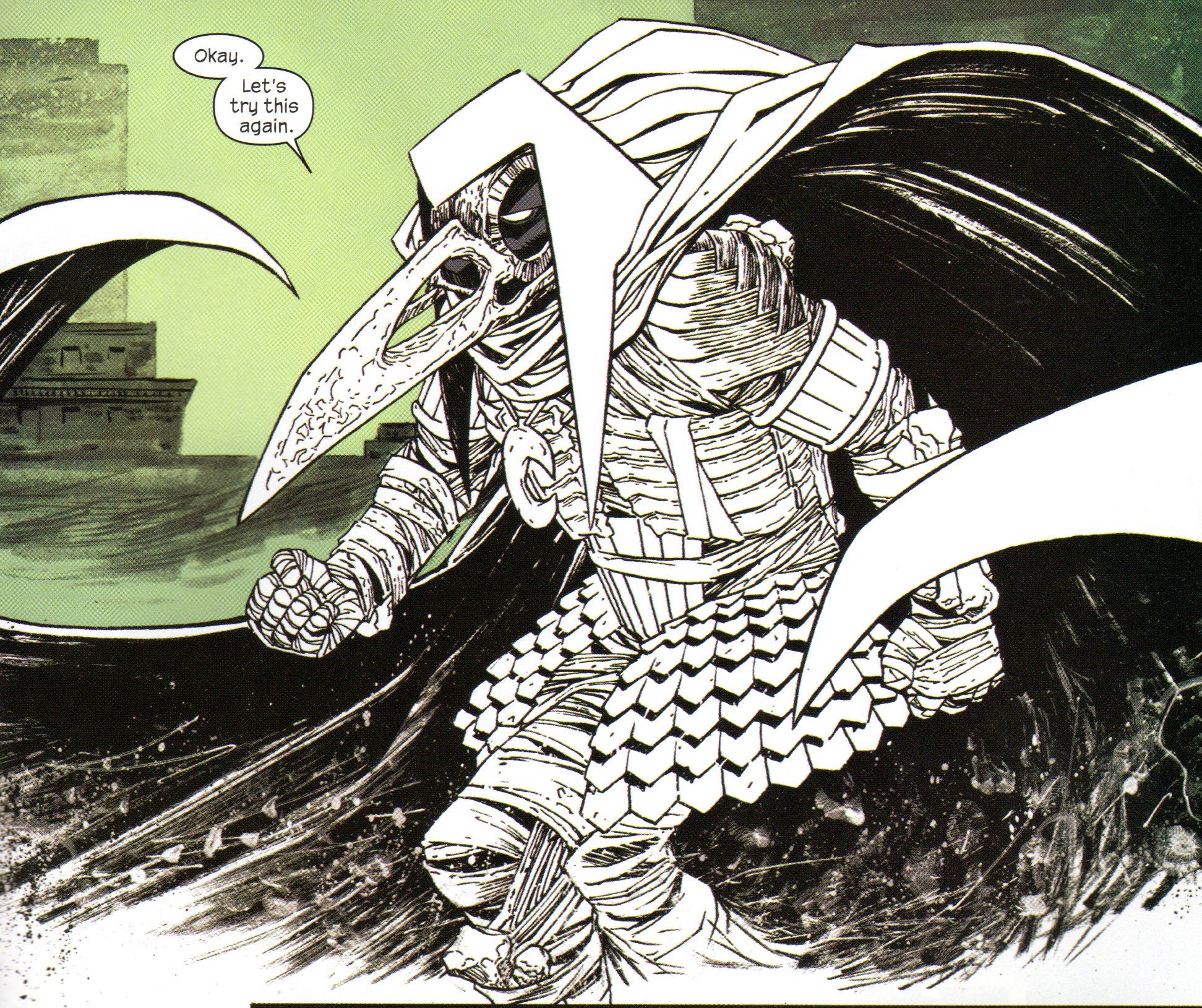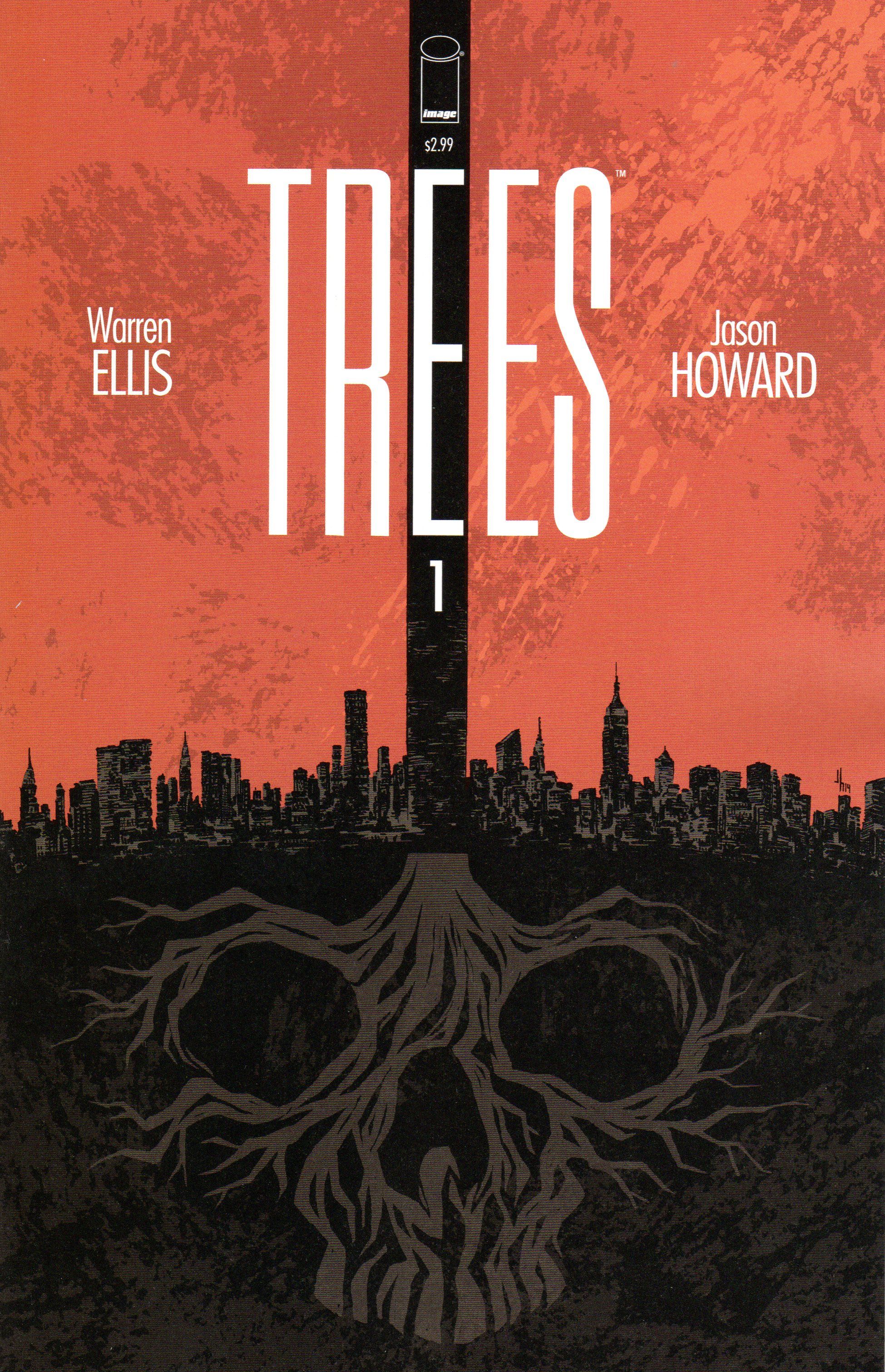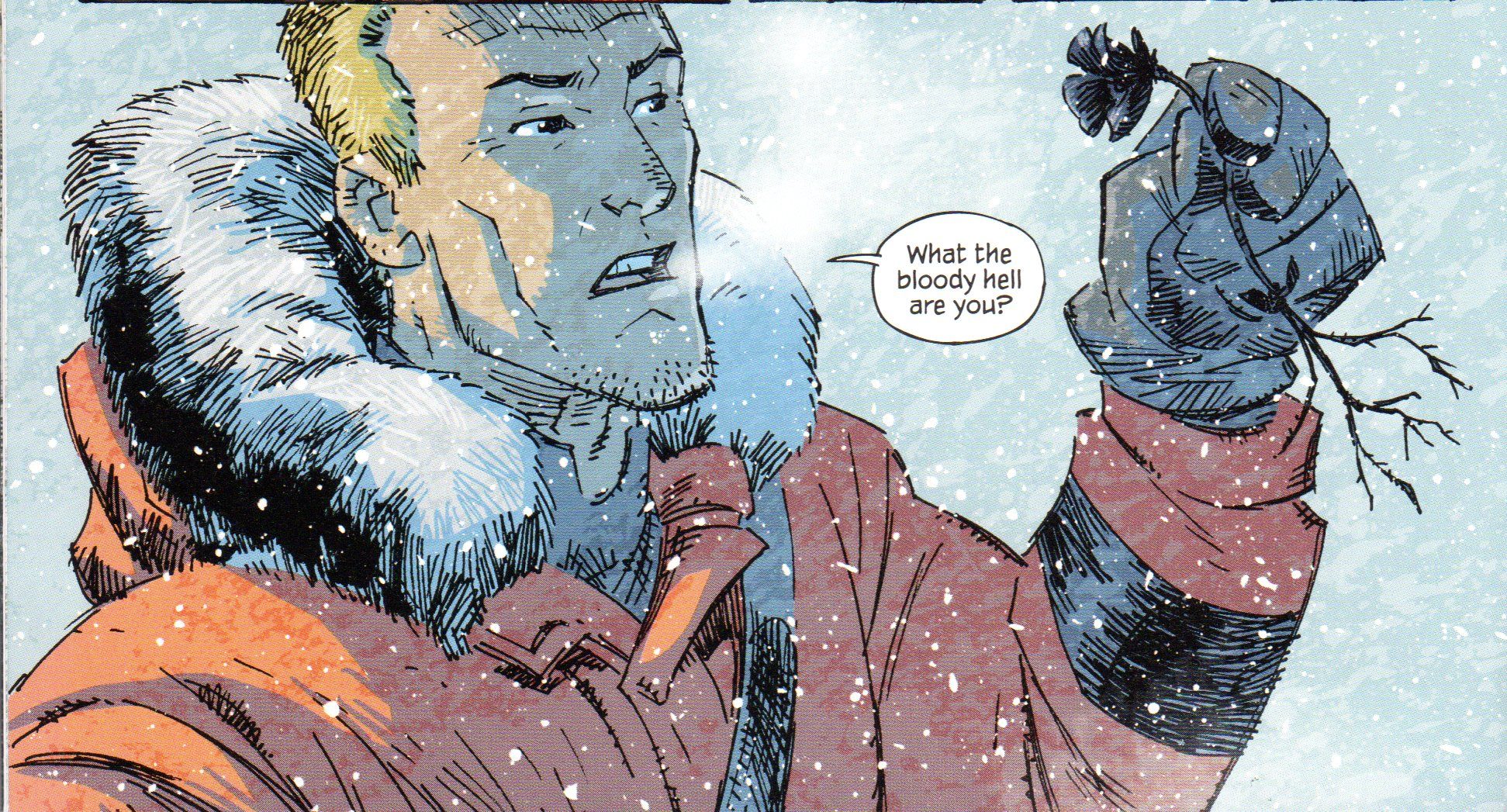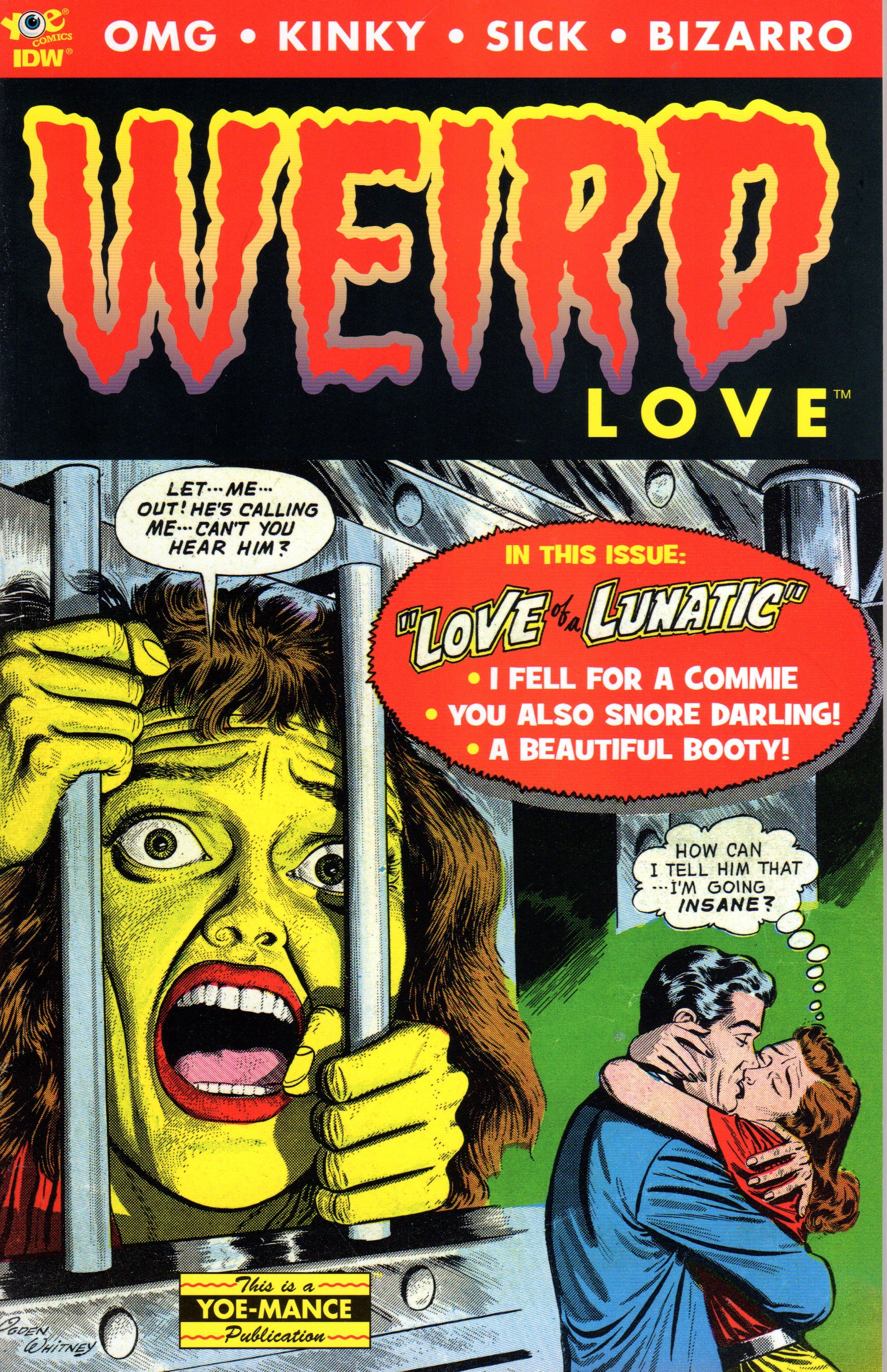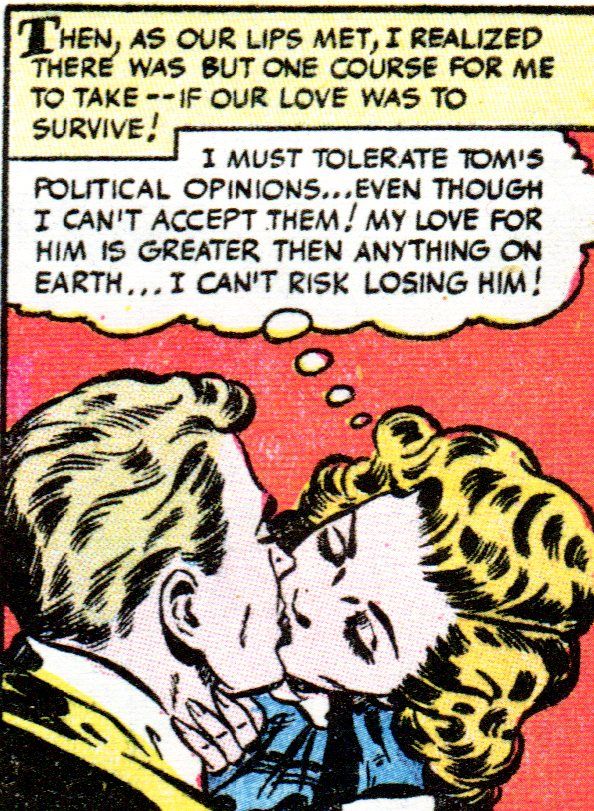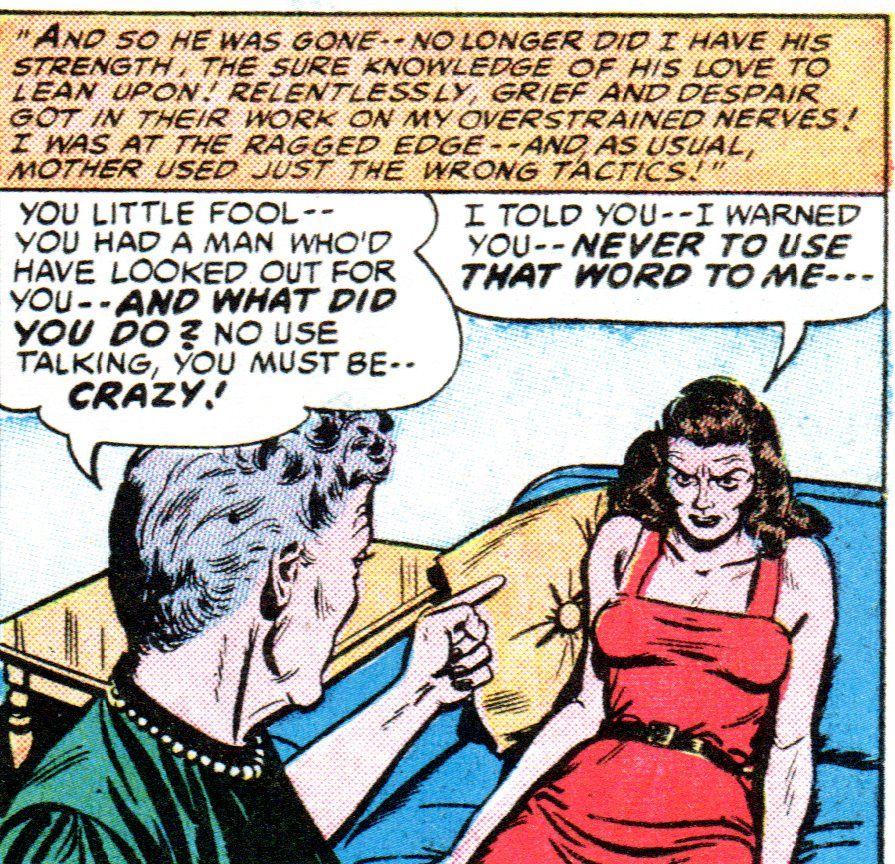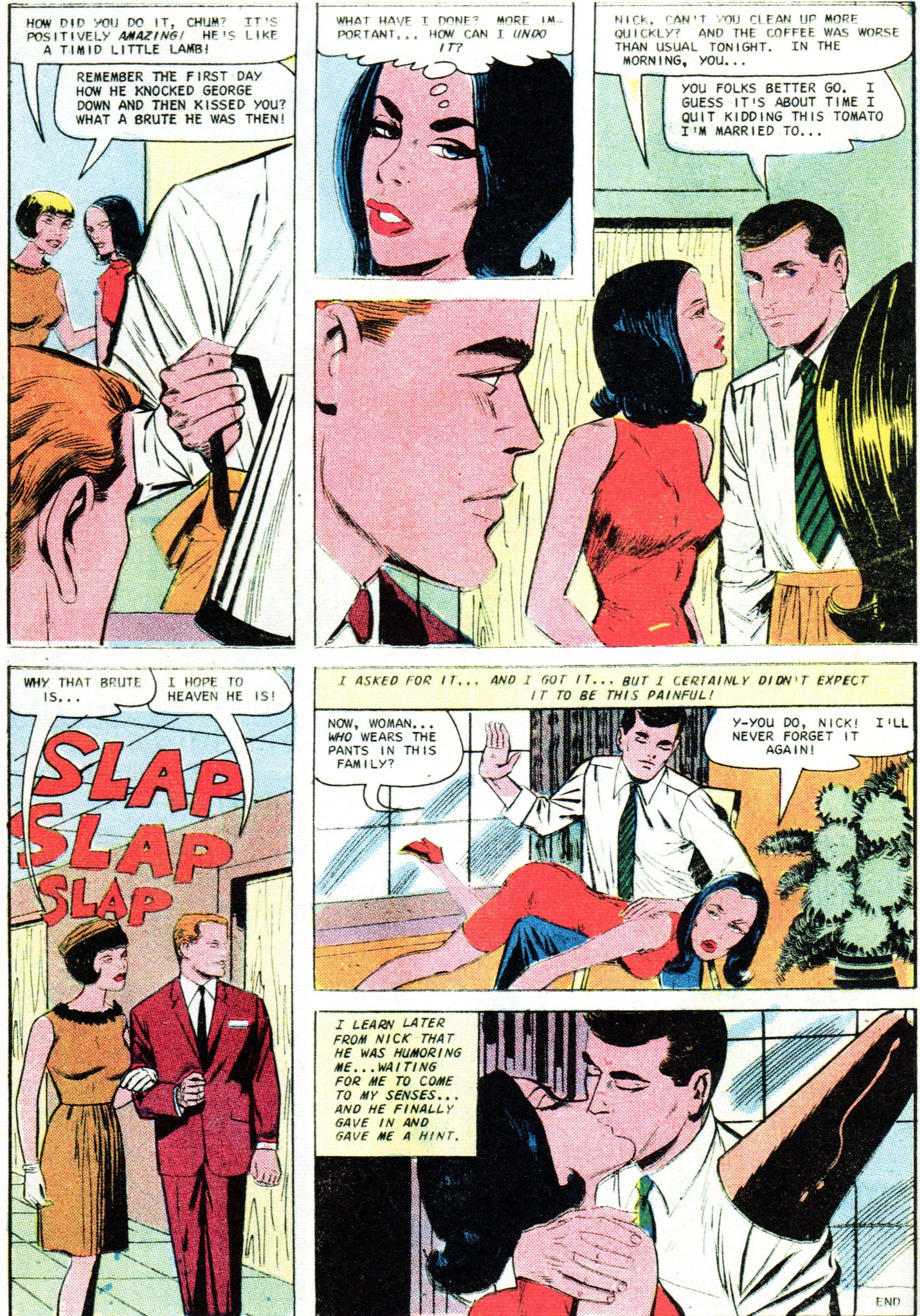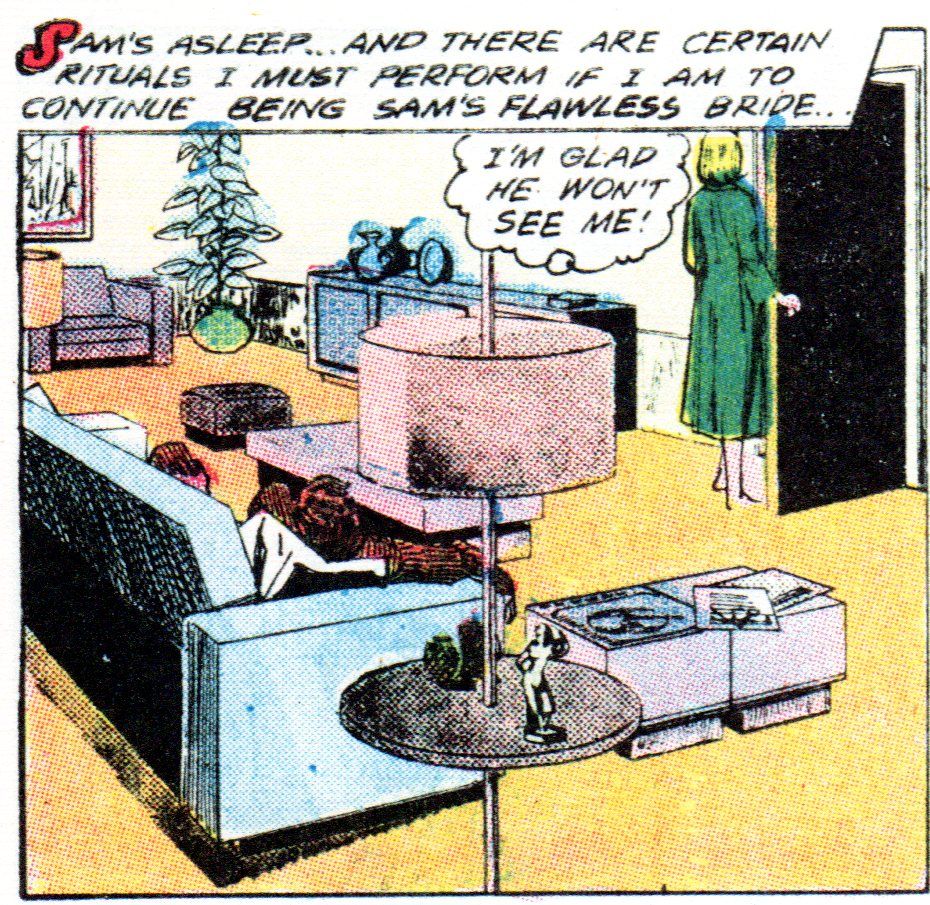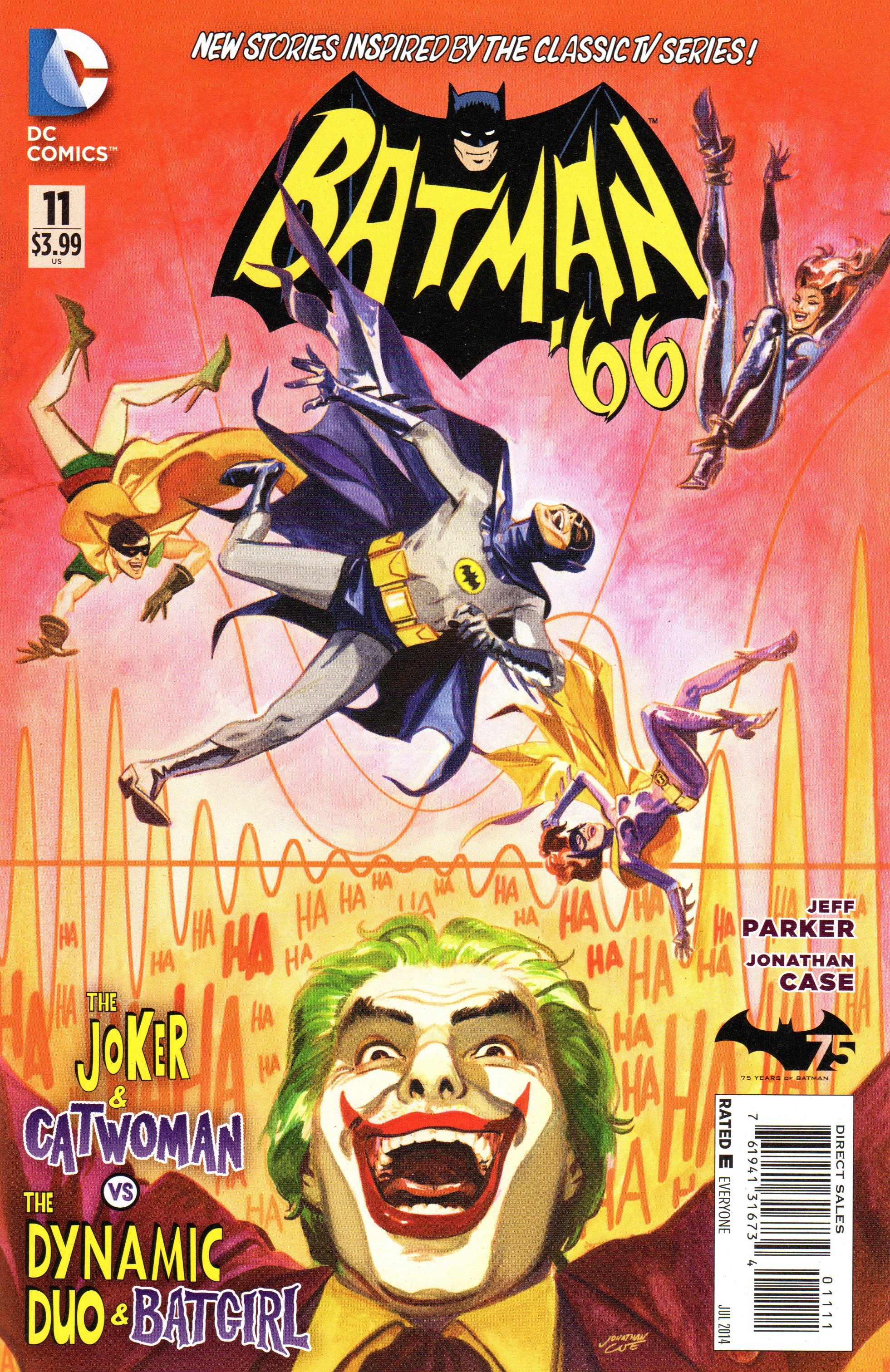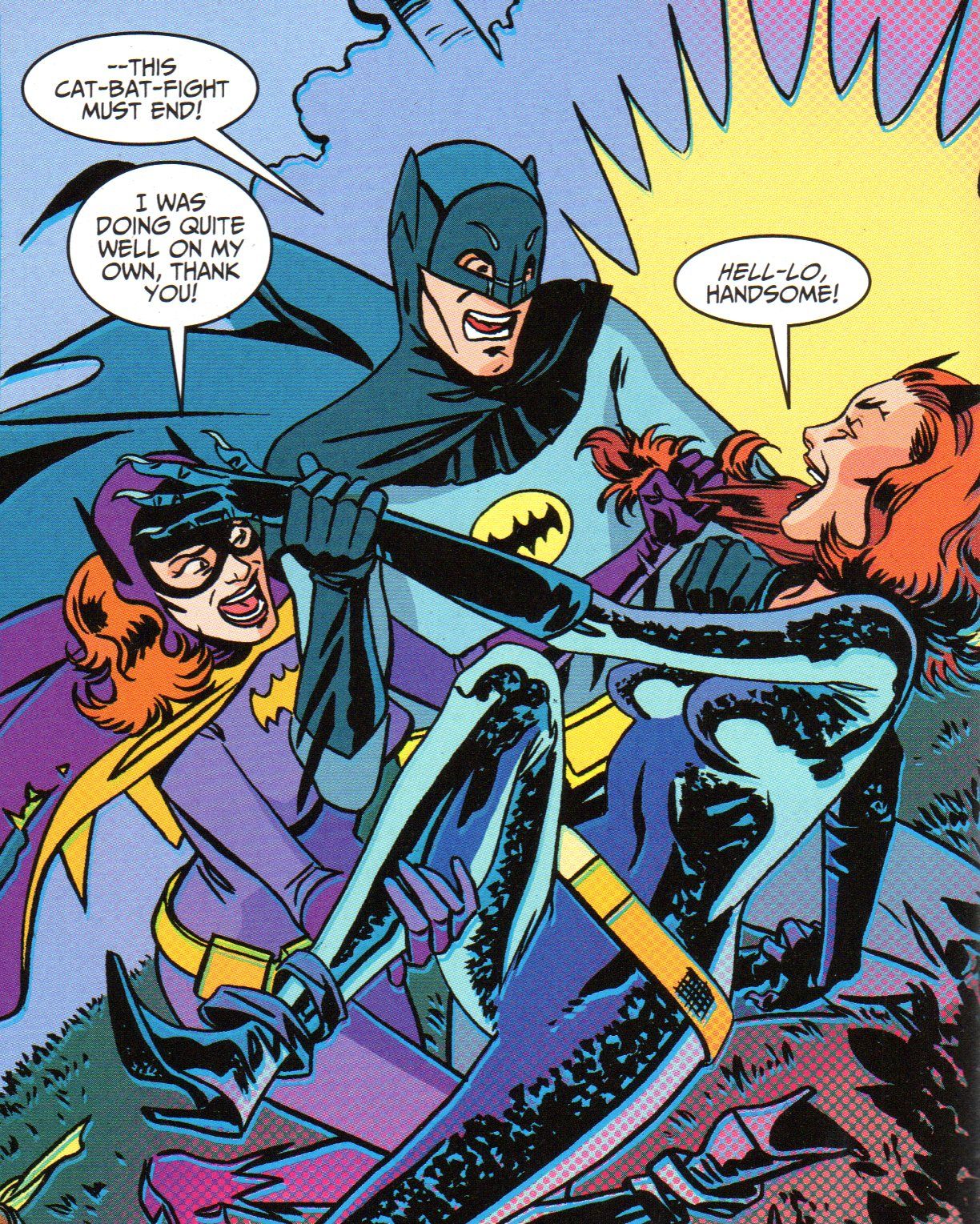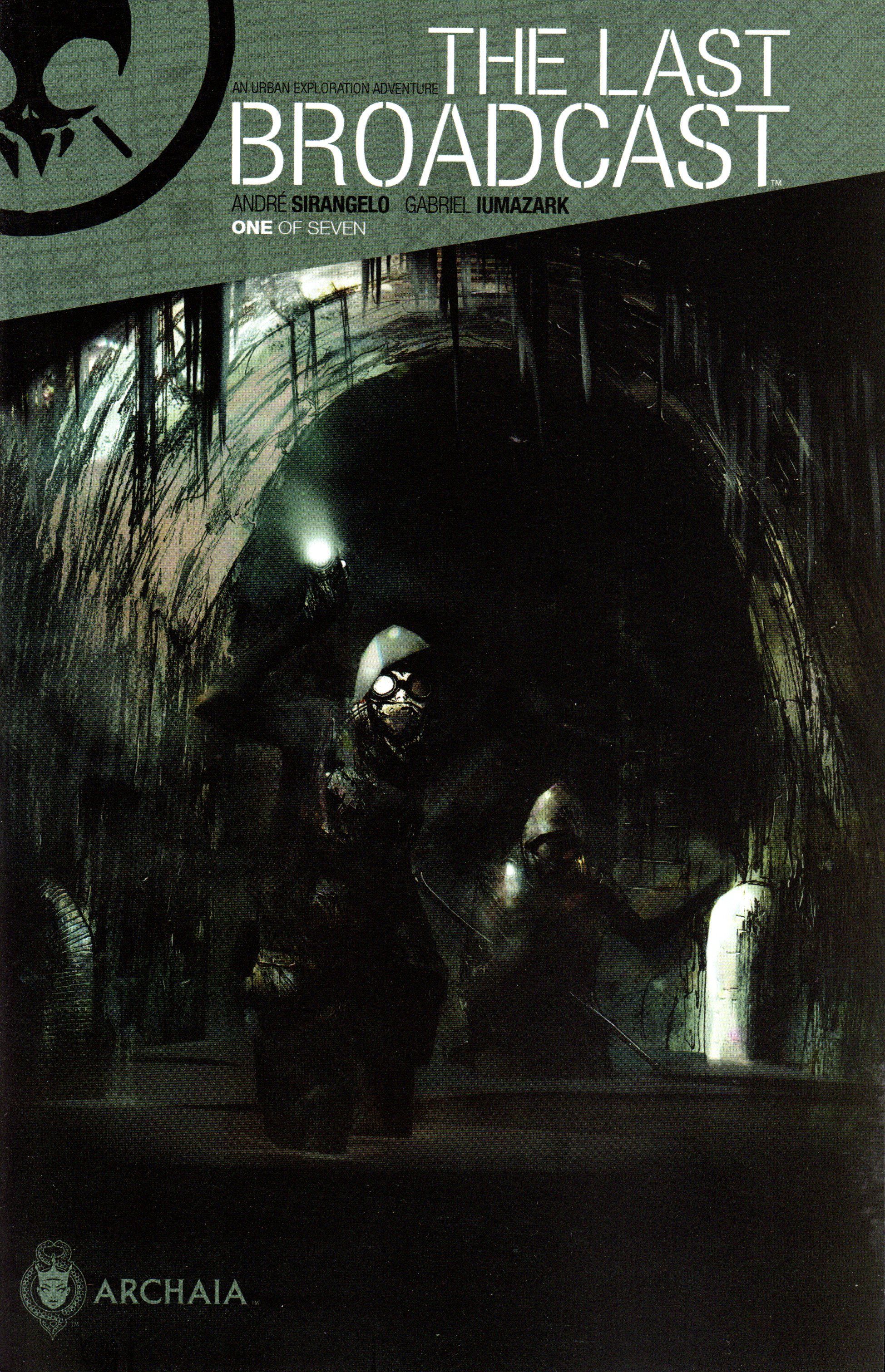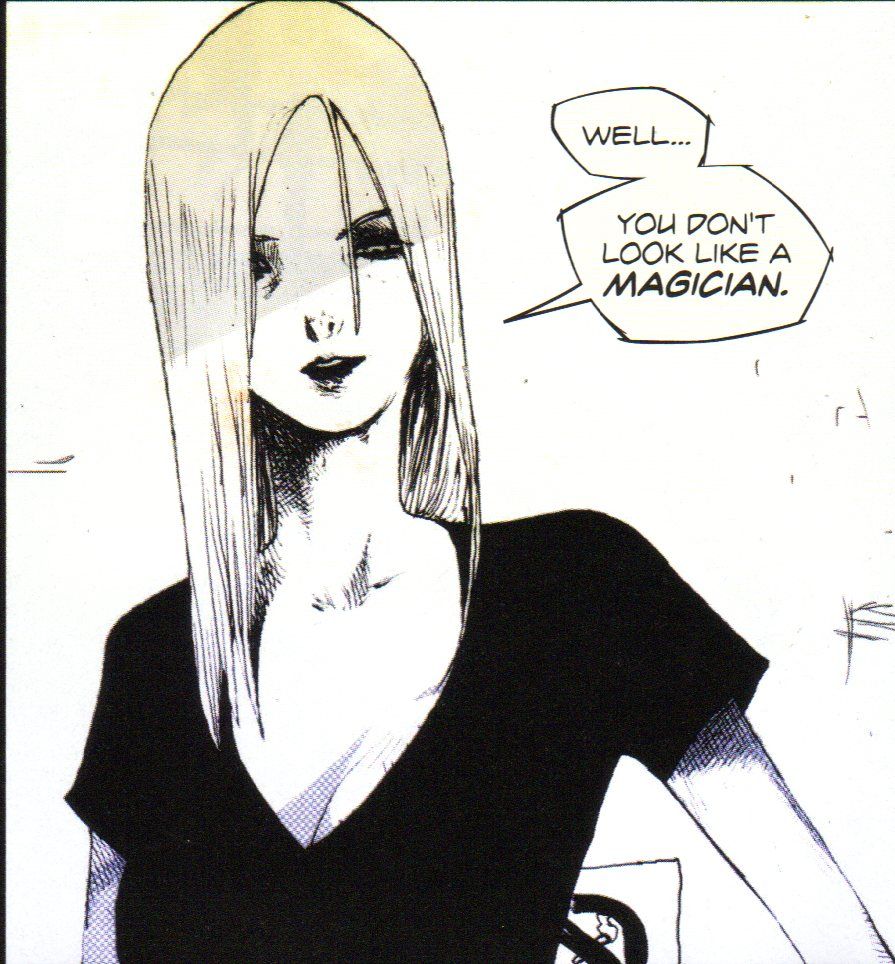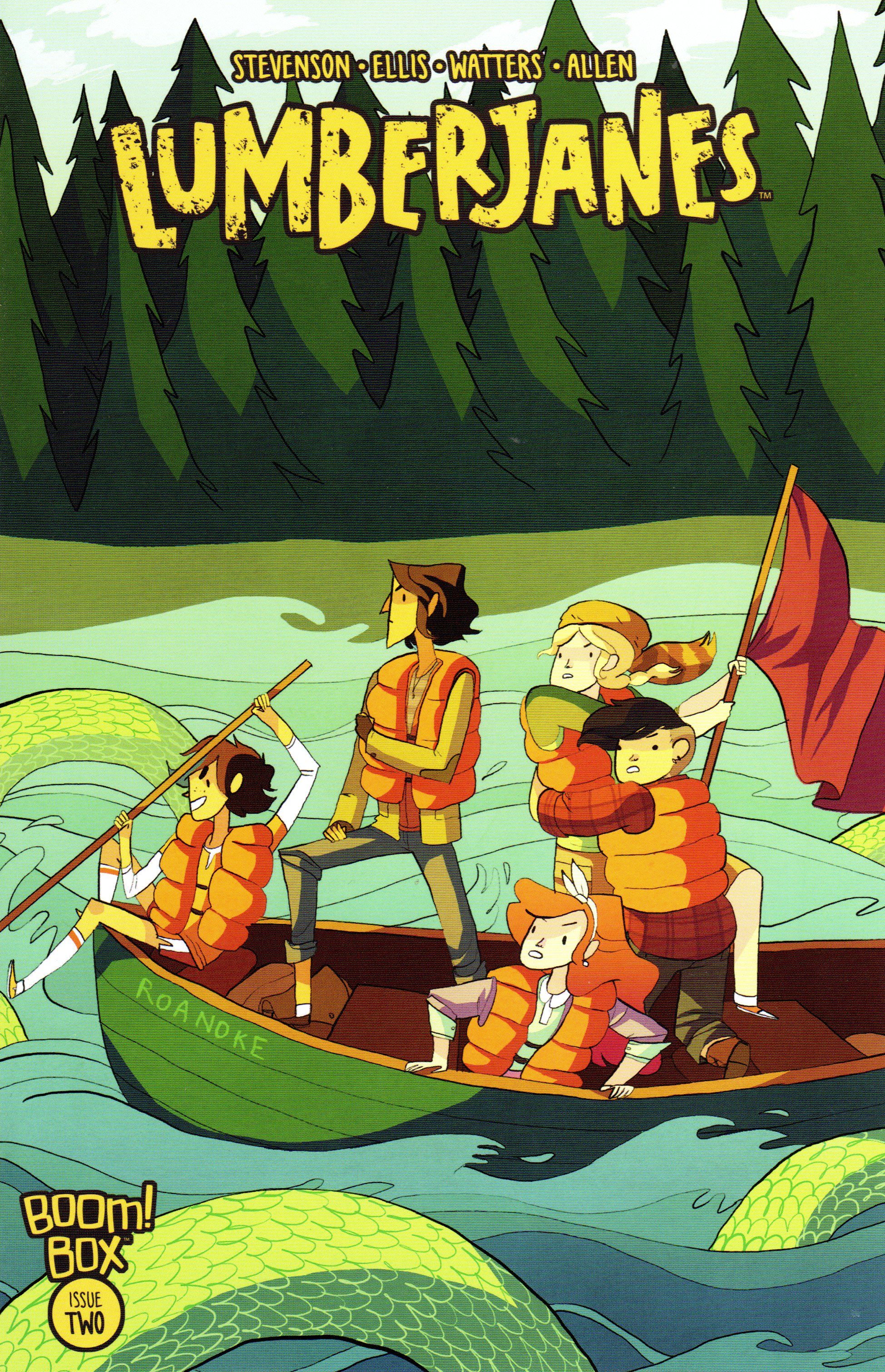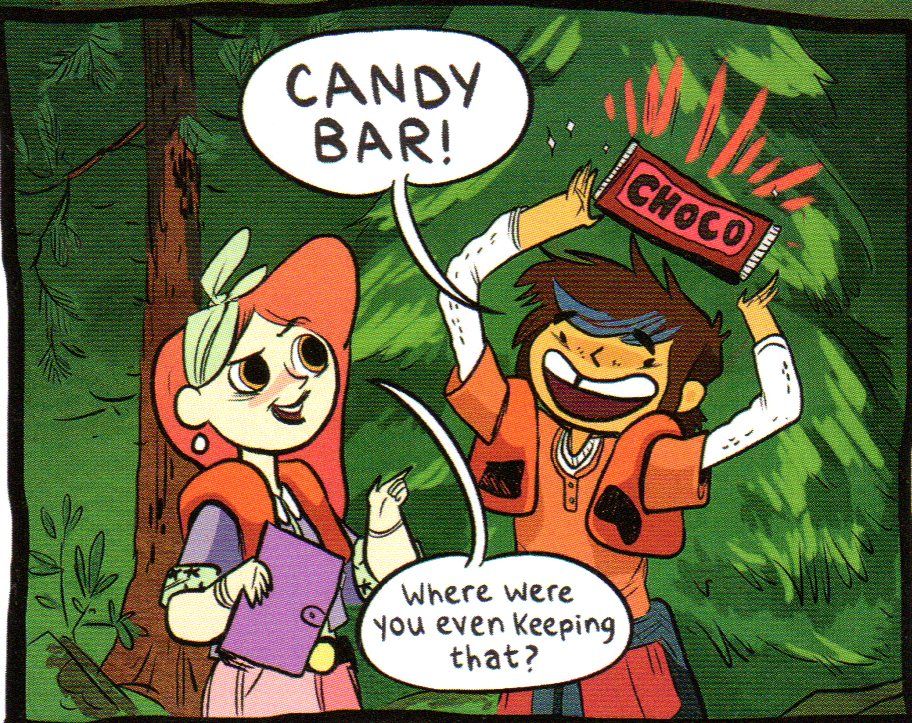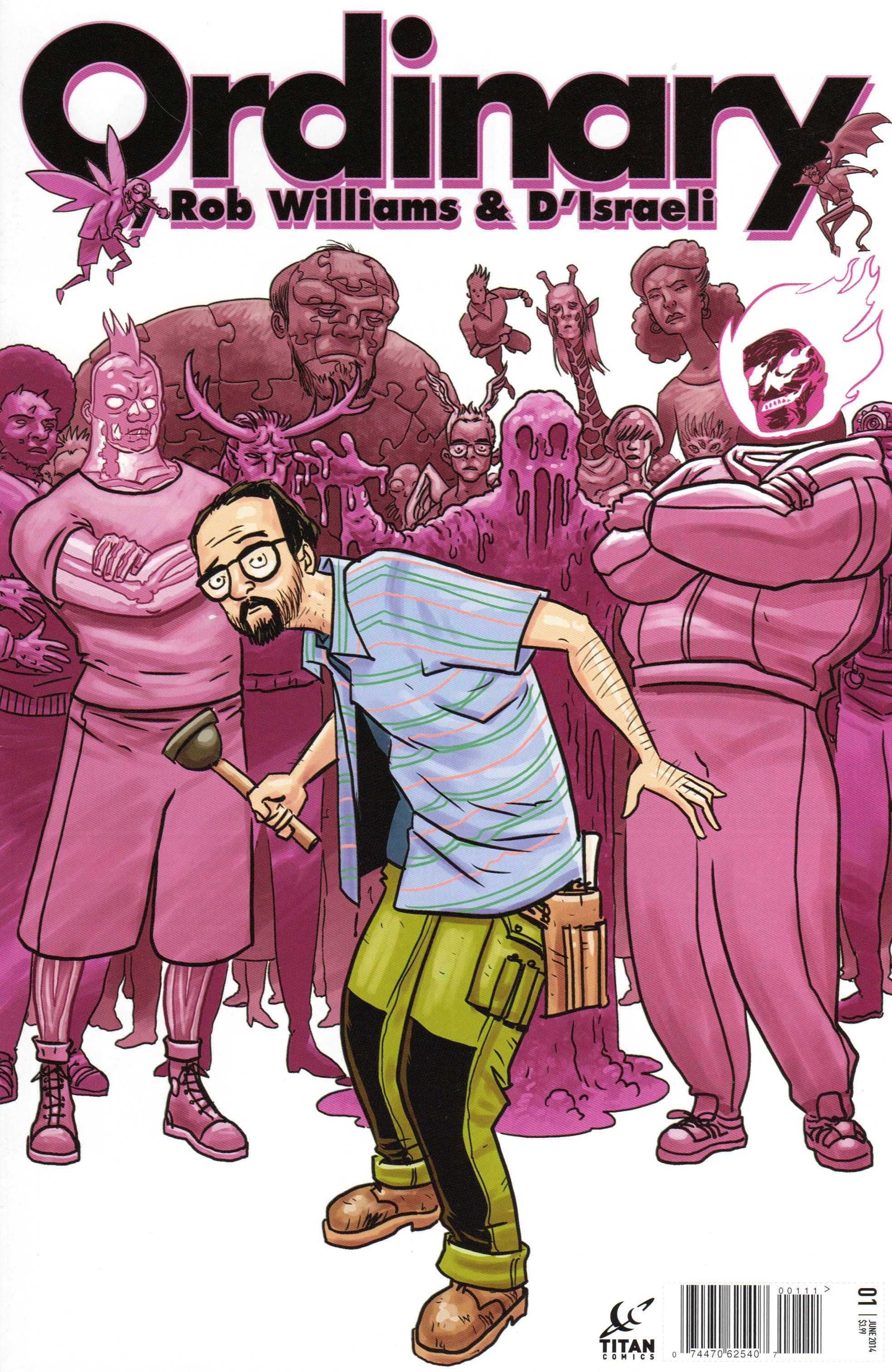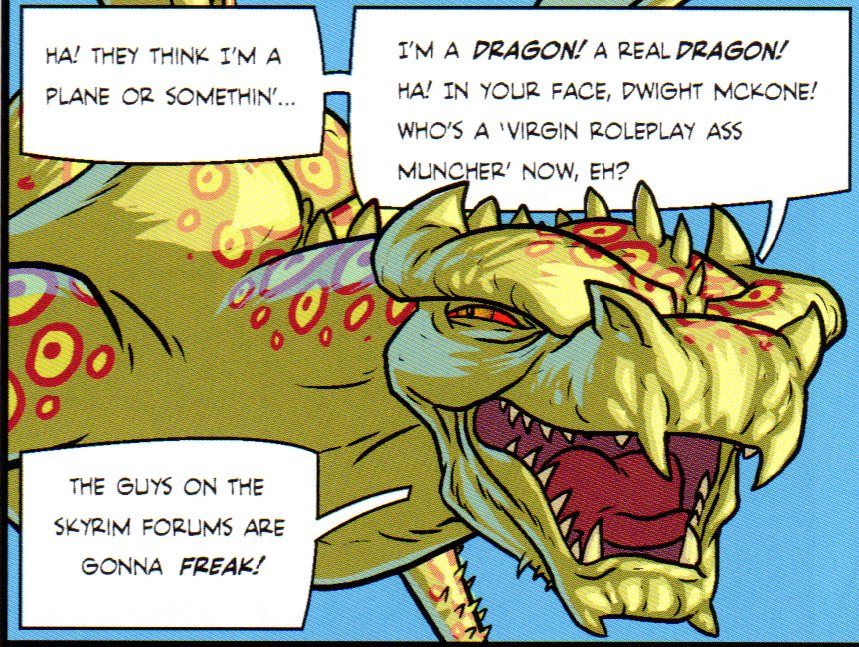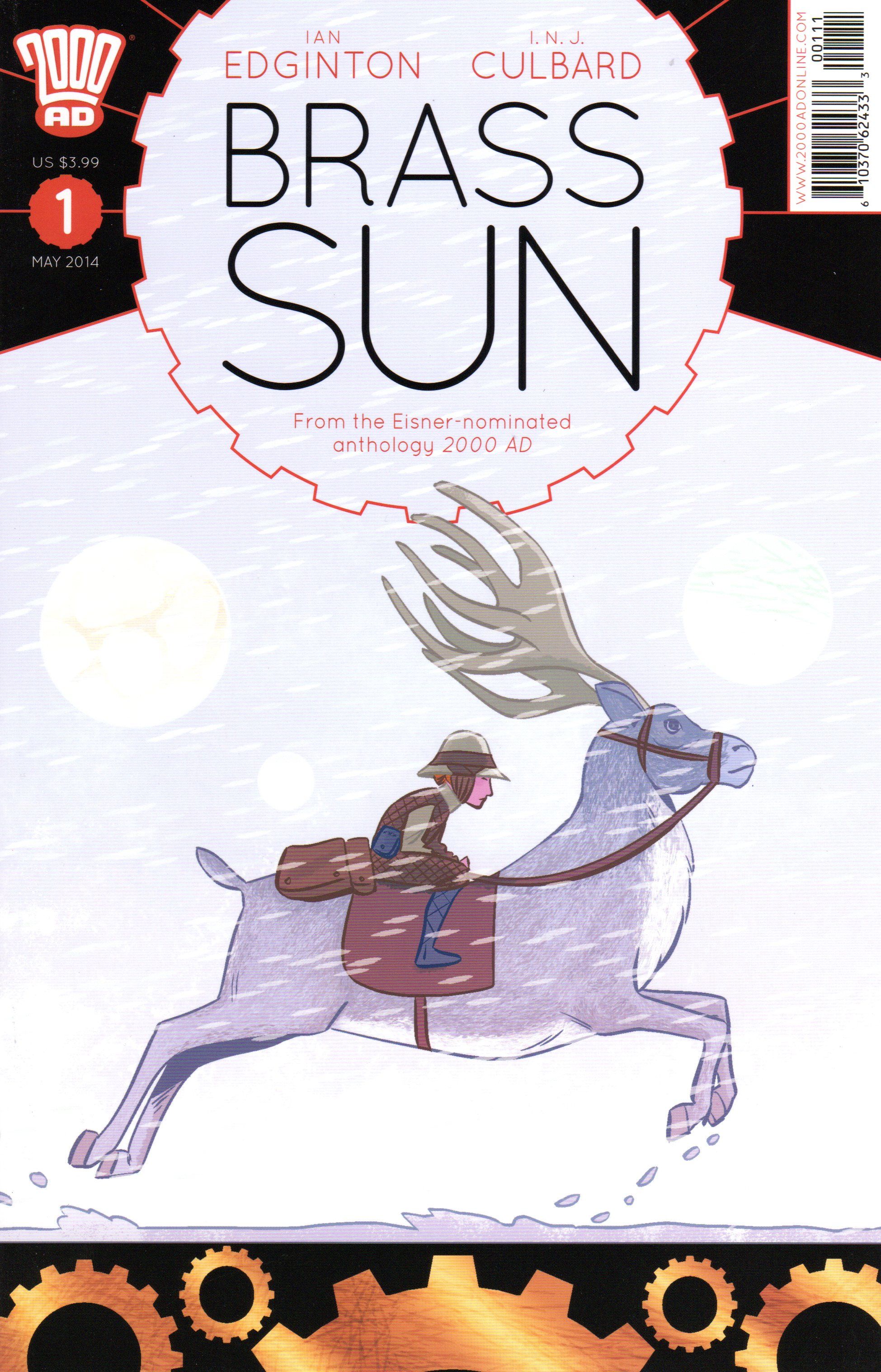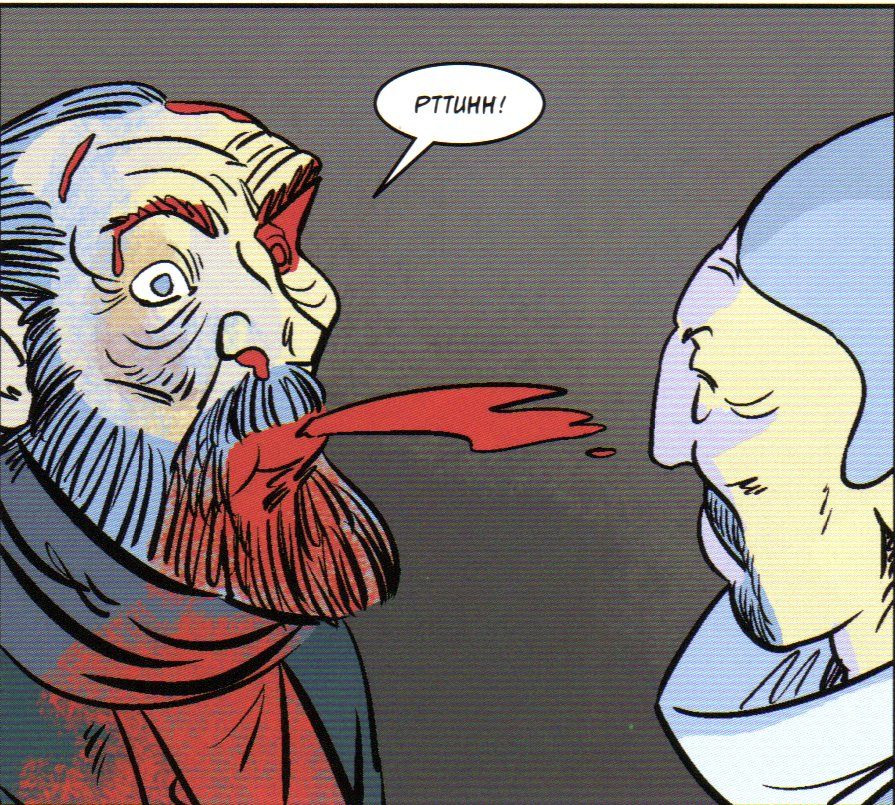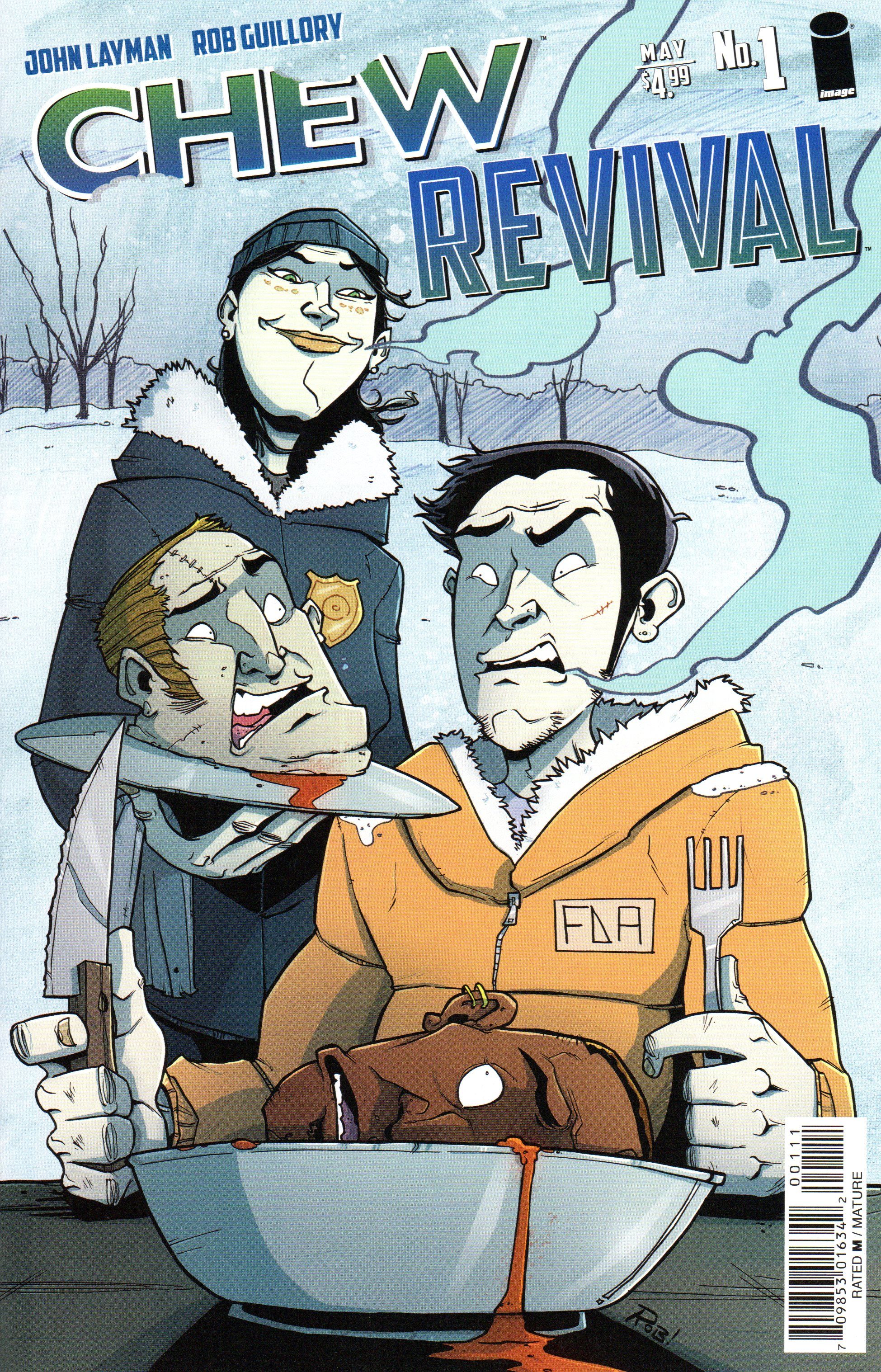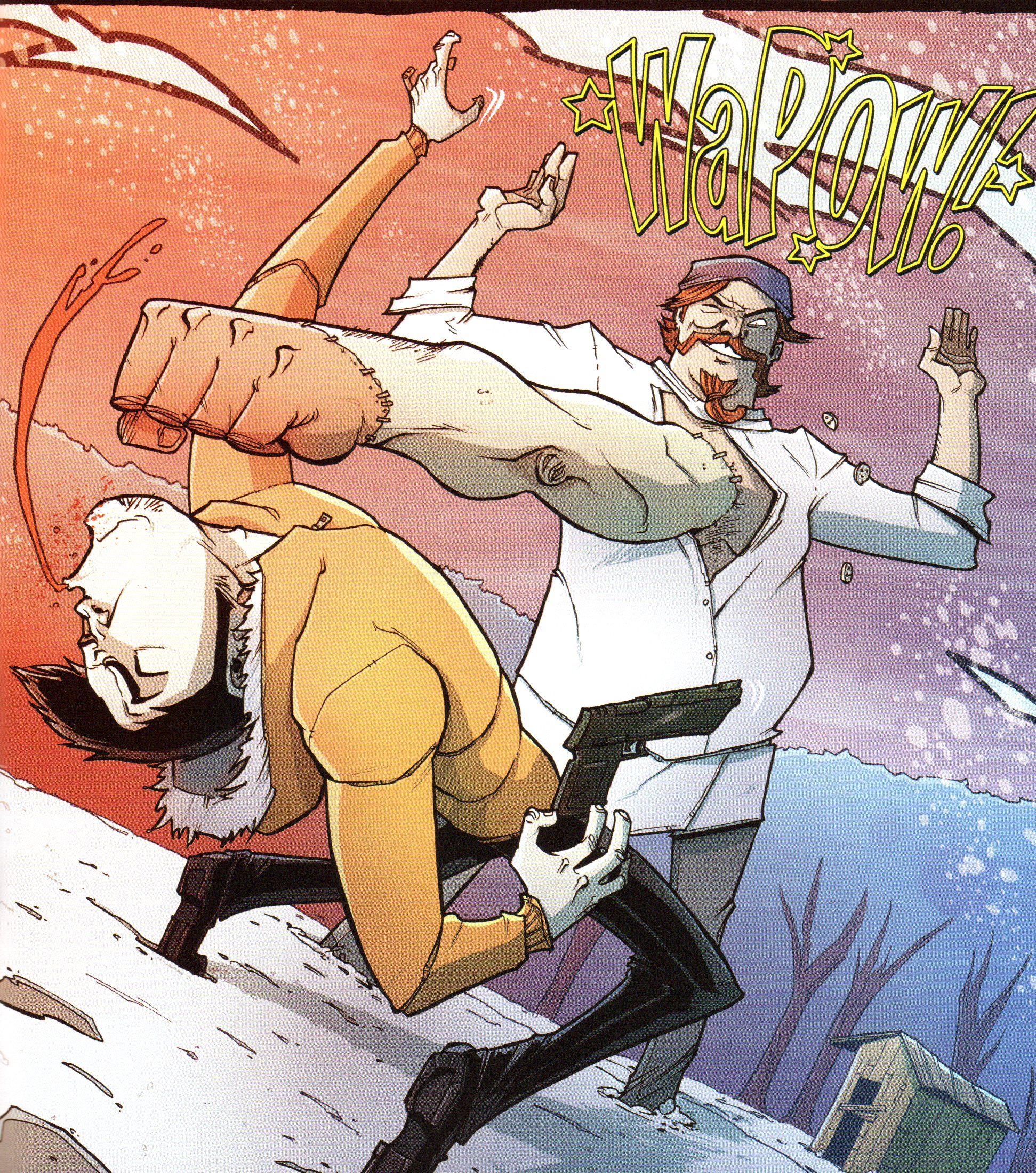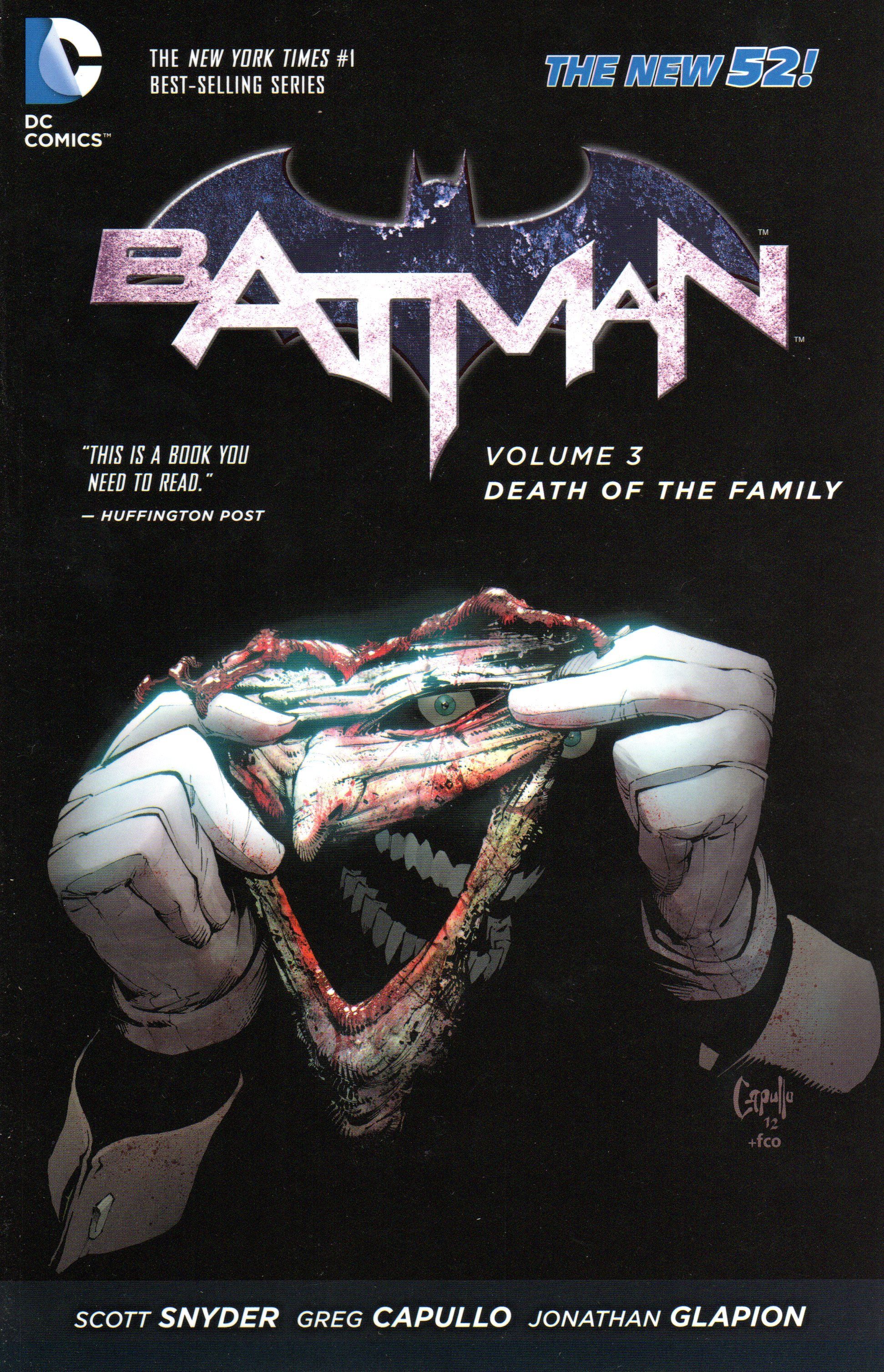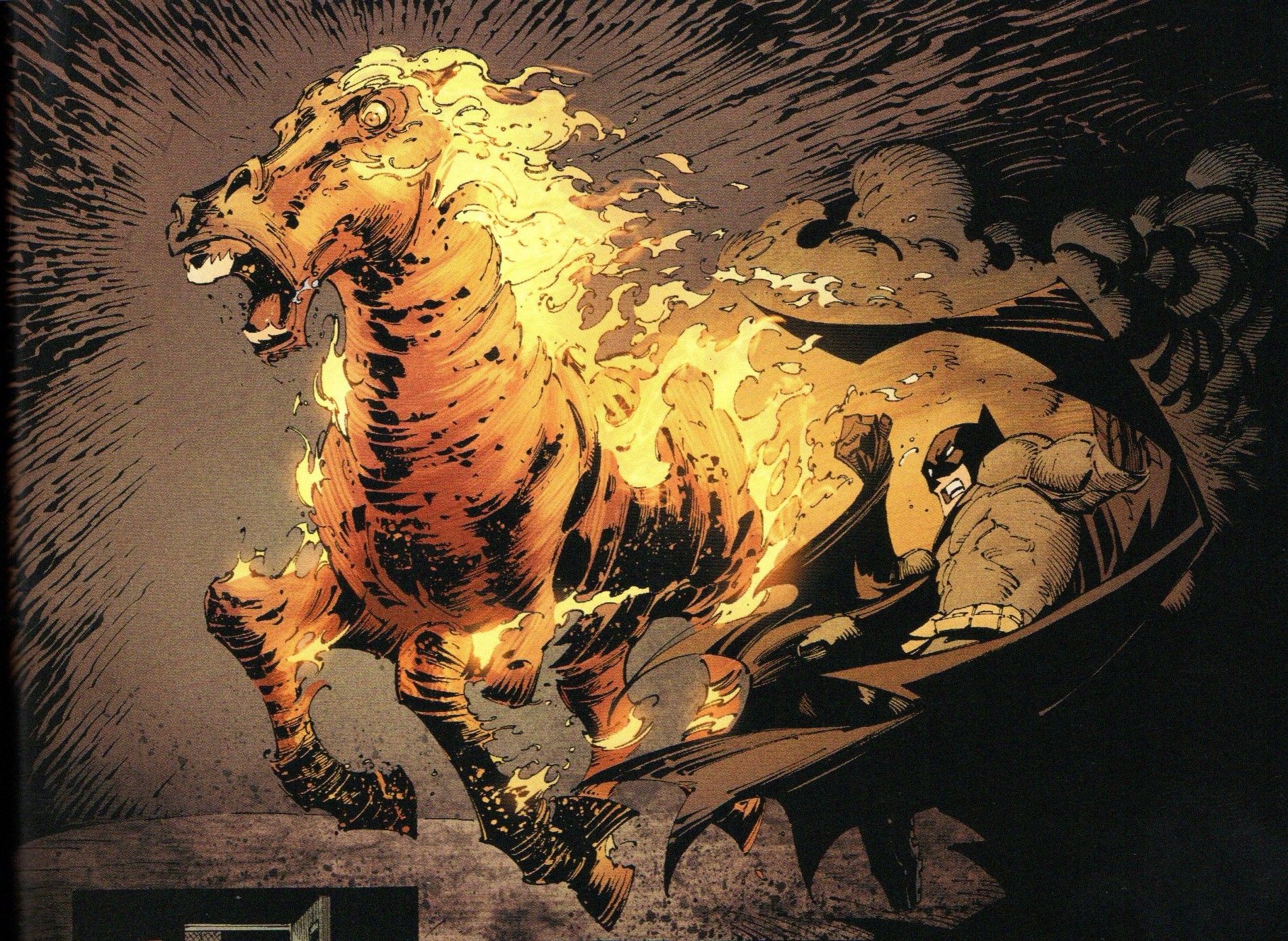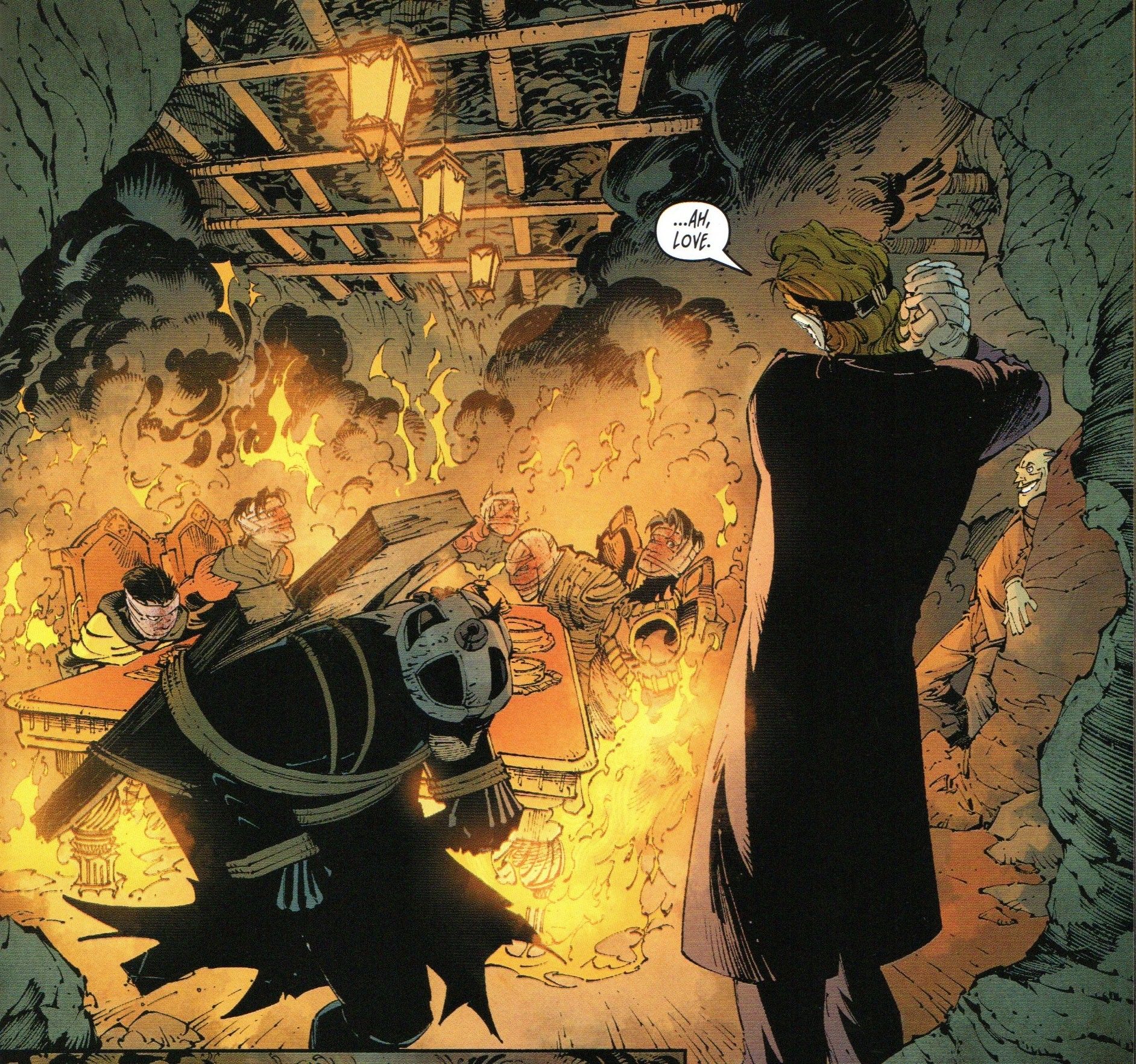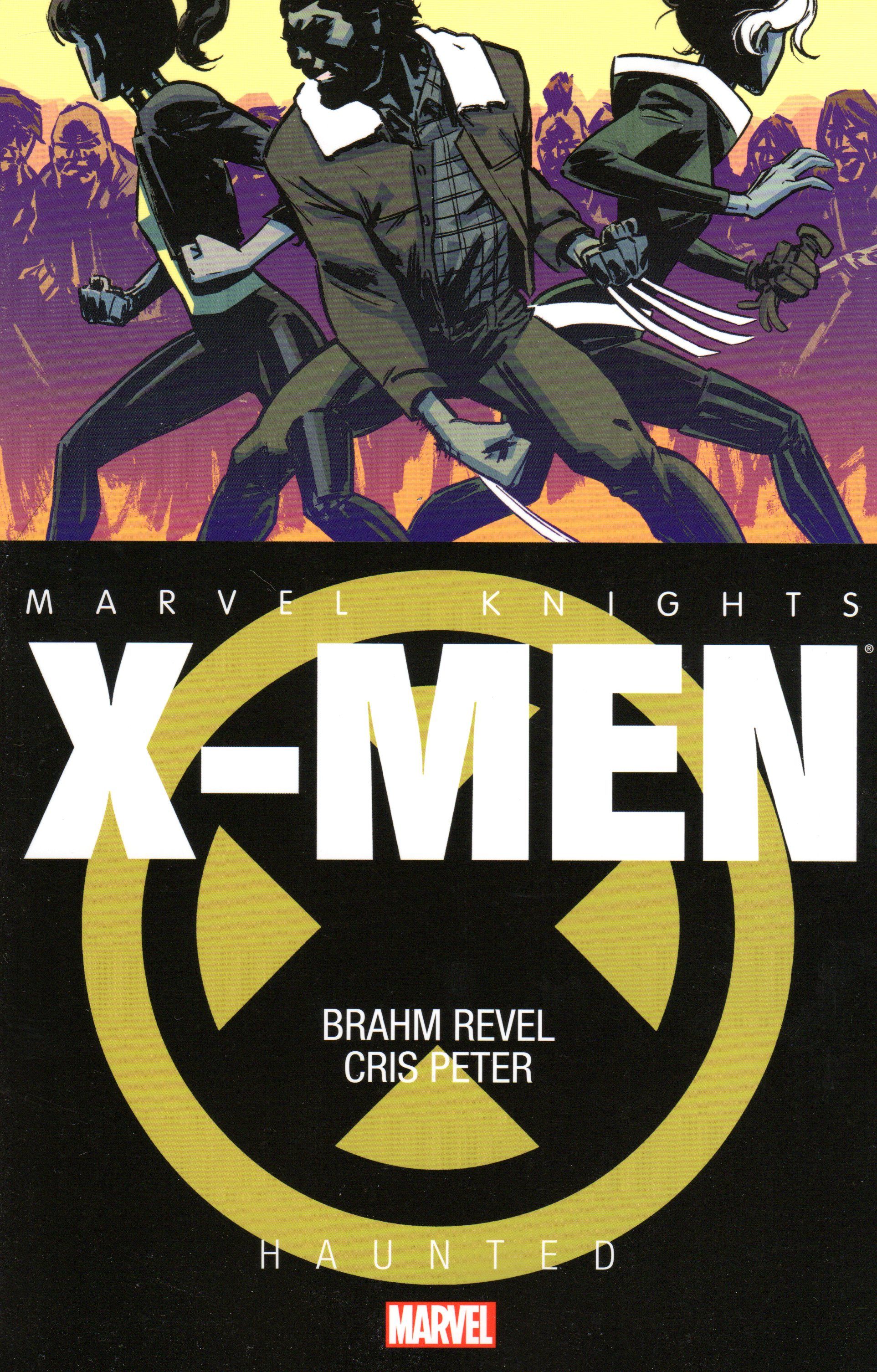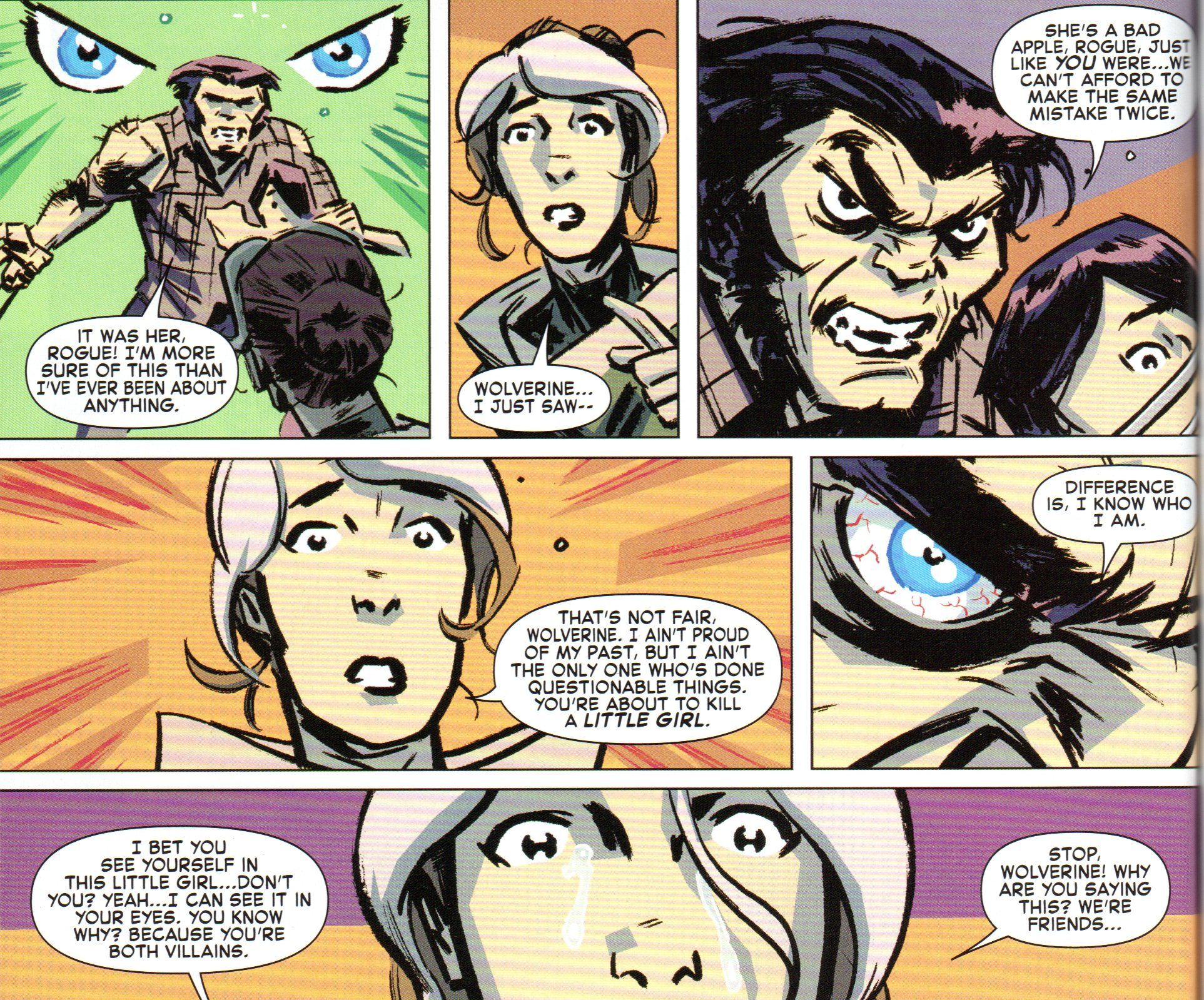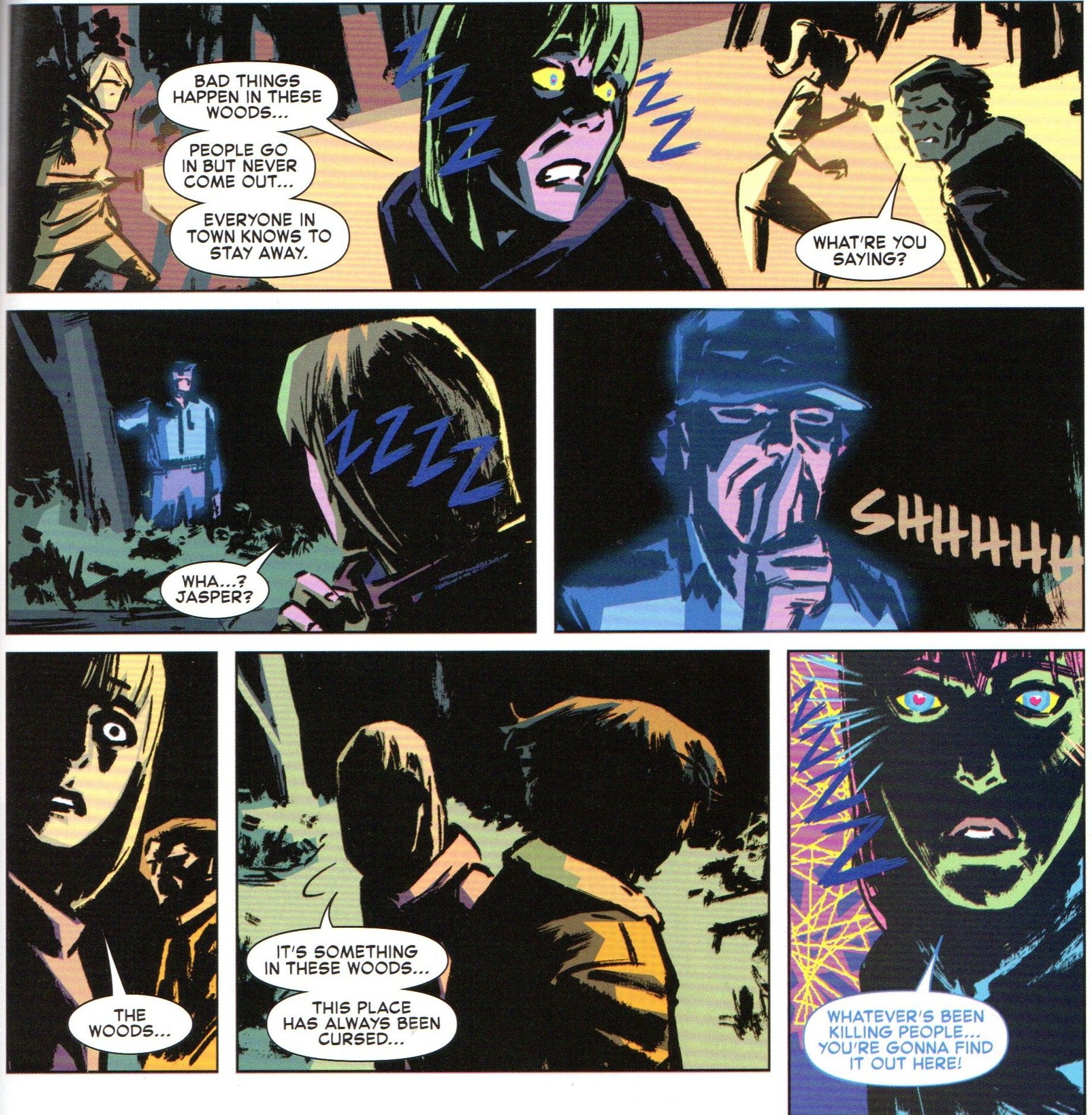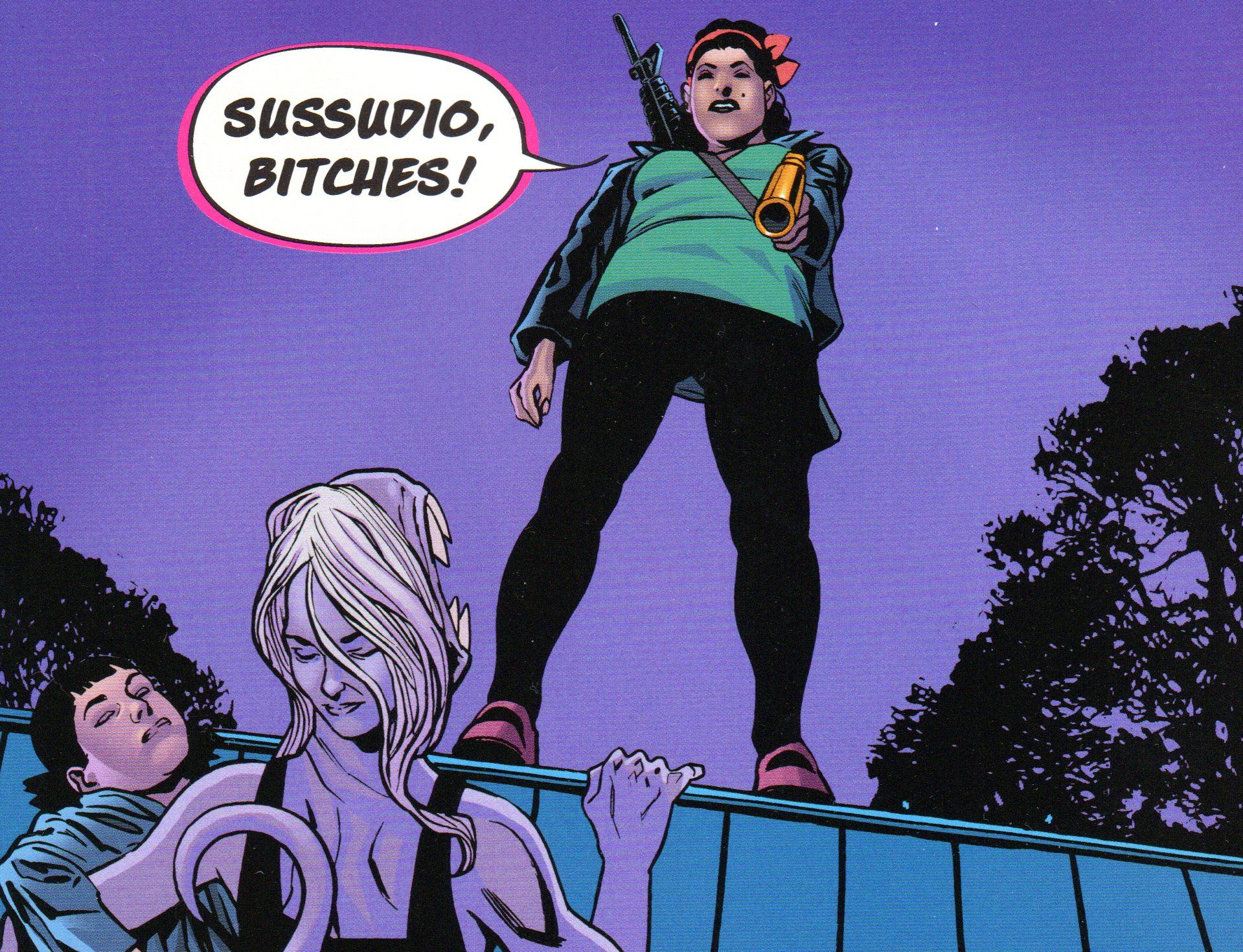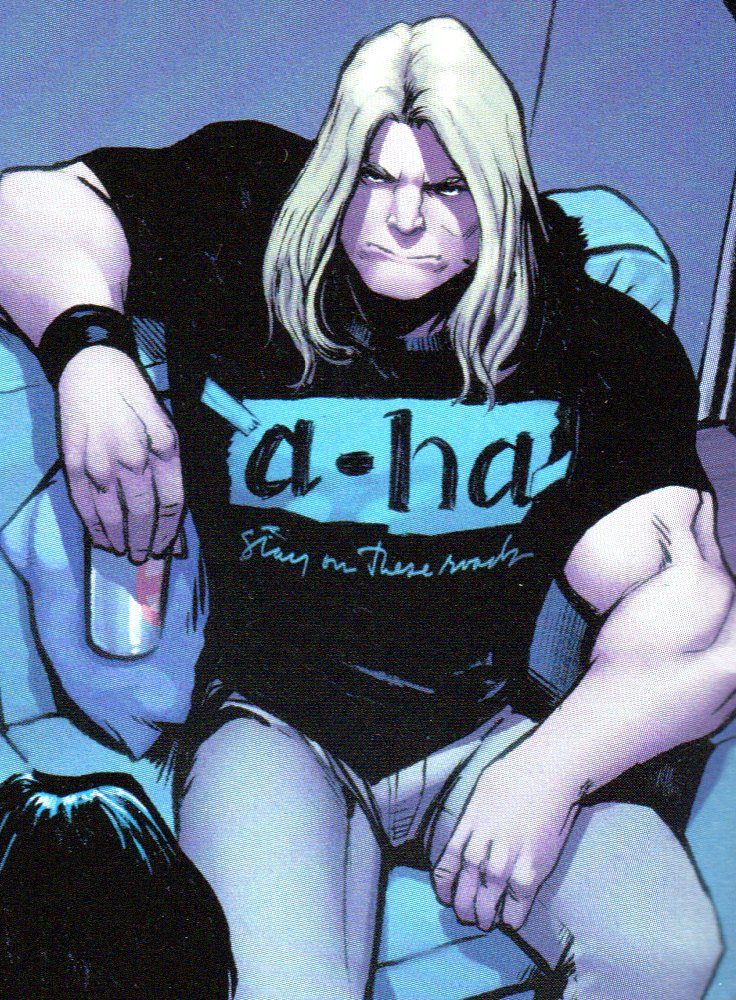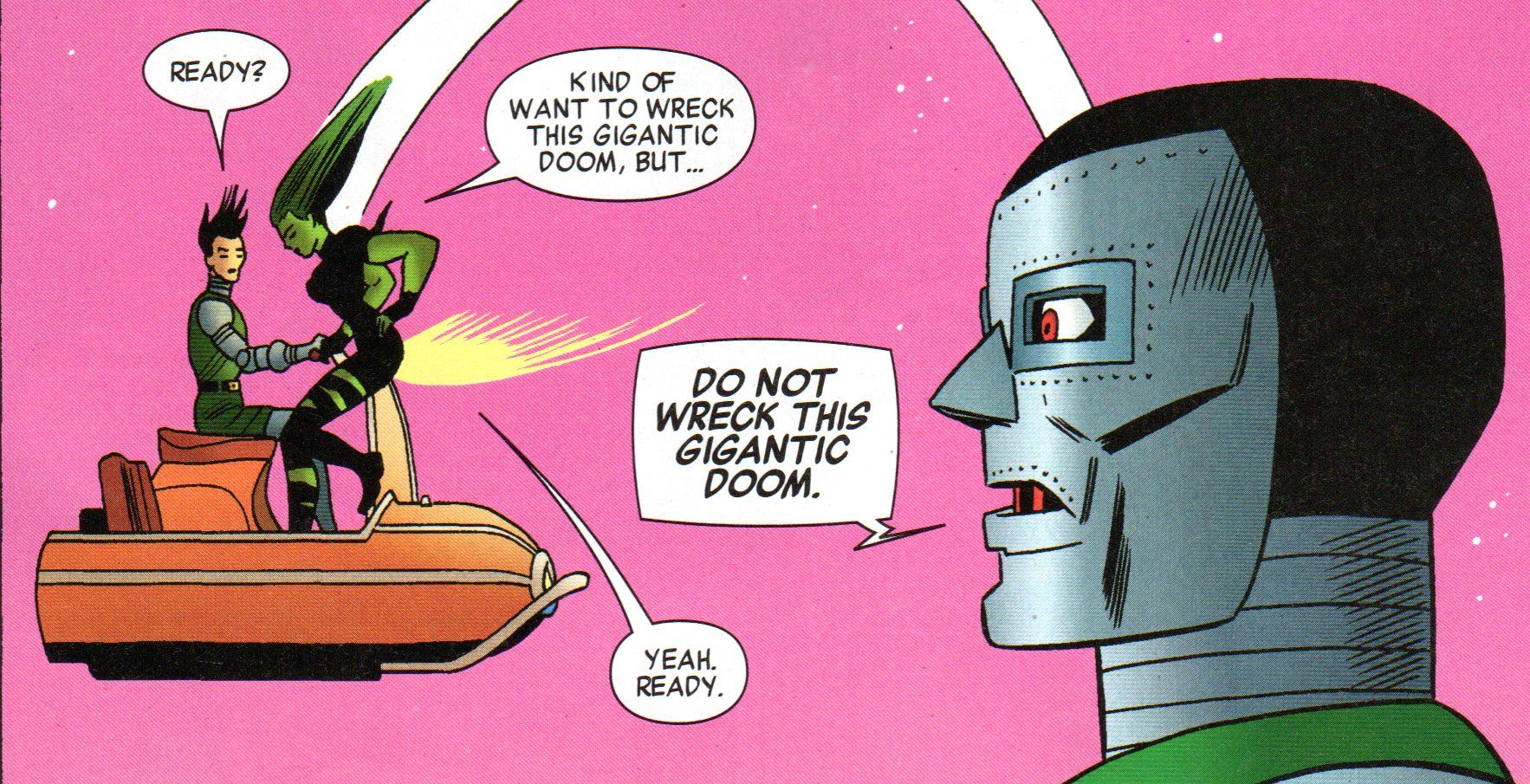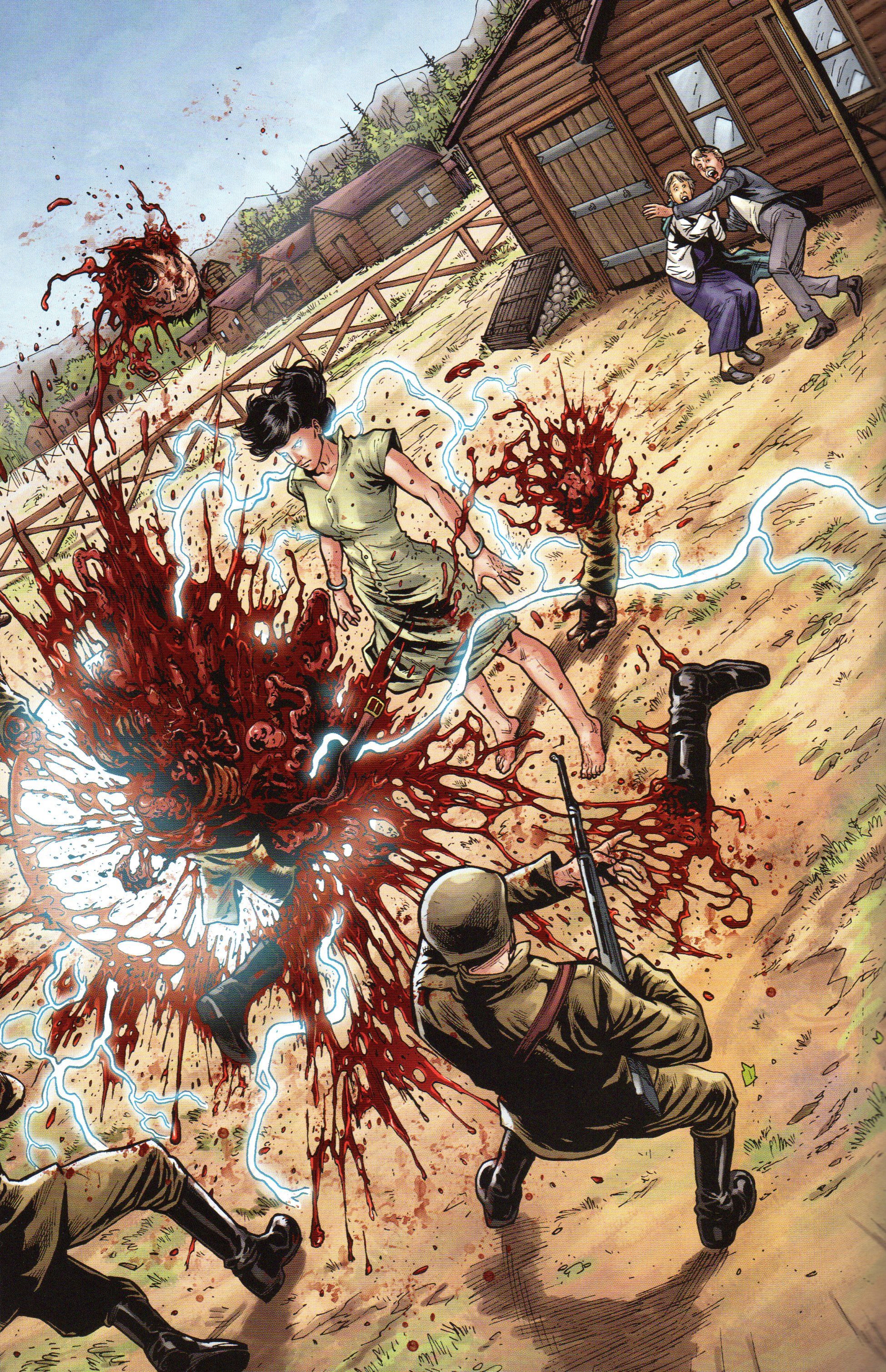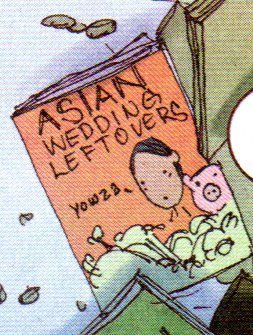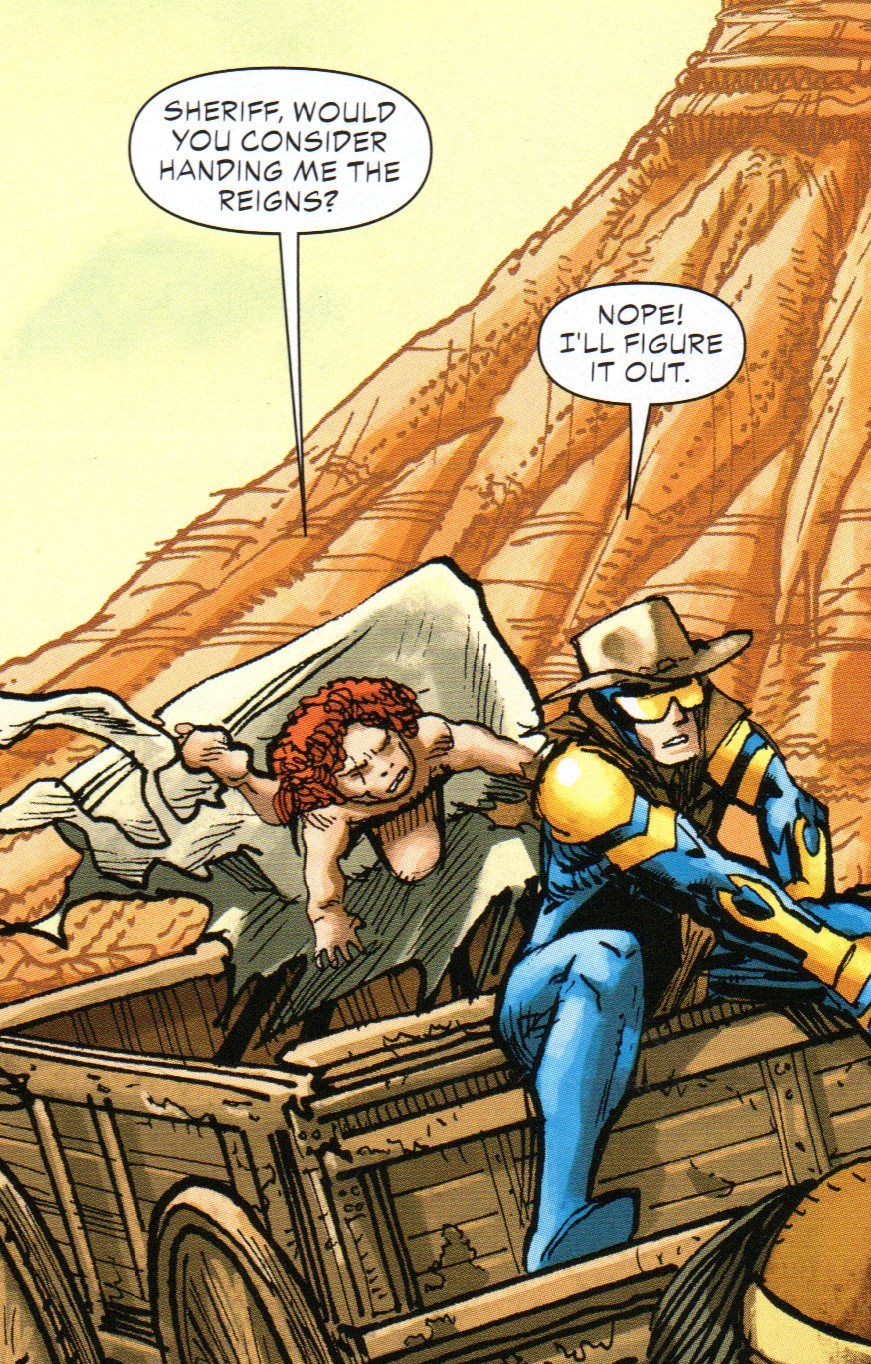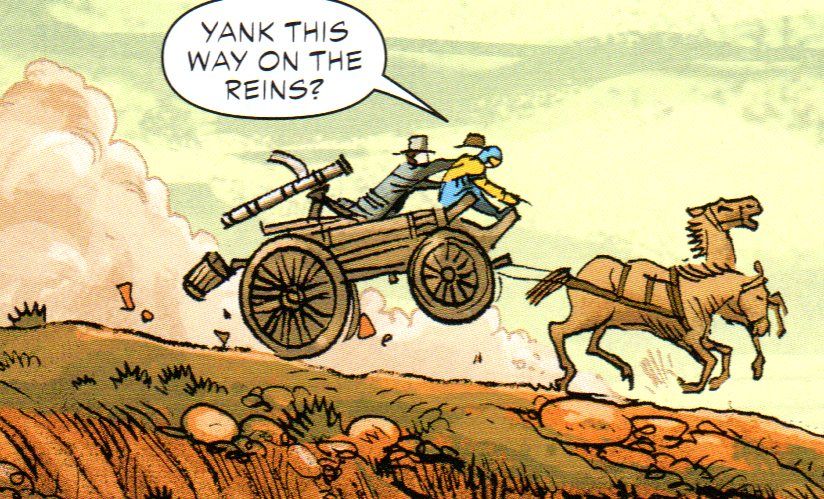"The novel I would most like to read at this moment," Ludmilla explains, "should have as its driving force only the desire to narrate, to pile stories upon stories, without trying to impose a philosophy of life on you, simply allowing you to observe its own growth, like a tree, an entangling, as if of branches and leaves ..." (Italo Calvino, from If on a winter's night a traveler)
It's Warren Ellis's world, and we're just living in it
Moon Knight #3 ("Box") by Jordie Bellaire (colorist), Chris Eliopoulos (letterer), Warren Ellis (writer), Declan Shalvey (artist), Ellie Pyle (editor), and Nick Lowe (editor). $3.99, 20 pgs, FC, Marvel. Moon Knight created by Doug Moench and Don Perlin.
Issue #1 of Moon Knight was superb, and while issue #2 was impressive for the stylistic achievement of it, the story was a bit weaker. Now we get issue #3, which shows us that Moon Knight might be the perfect comic for 2014. It's a mere 20 pages long, but it feels both decompressed and bloated, which is part of Ellis's genius. He has pared away anything that might get in the way of his pure storytelling, allowing only glimpses of characterization of the Marvel character who probably needs definition more than any. In its place he has given us gut-punch stories that start and finish in one issue, but it's implied that once he's done (after issue #6), there will be something of a coherent whole to the arc. In a world where Moon Knight is not the most popular character (a world, sadly, that I live in!), he uses ancient continuity without commenting on it, showing two of Marc Spector's identities with no preamble, much like he did in issue #1. He seemingly ties this book to a two-part story from the first Moon Knight series, from after Bill Sienkiewicz left the book and therefore of less notoriety than even those issues have accrued. The pace is languid yet rushed, as Moon Knight meets a bunch of ghosts who run as a street gang, gets beaten, figures out how to beat them, and does so. Moon Knight appears in 53 panels in this comic book and speaks in 12 of them. That's slightly under 23% of the time - Ellis doesn't have our hero speak needlessly, and very little in this comic doesn't advance the plot in some way. The efficiency of the comic is frightening but astonishing. Ellis has Khonshu show up to give us a bit of an infodump, but even that is pared to the bone. With the fewest words possible, Ellis has turned this comic into a modern tragedy, as Marc Spector is alone, fighting his weird war on crime.
Of course, Ellis wouldn't be able to pull this off without Shalvey and Bellaire, who are doing stunning work on the book. The first panel of the comic shows us a New York street scene, dimly lit in the winter night. Shalvey does a fine job with the details of the scene, turning it into a slightly seedy, somewhat smog-stained street, while Bellaire's soft coloring perfectly captures the suffusion of light in a snowfall, with tans blending into darker browns the farther away from the light source. She adds a glow around the Chrysler building in the background, implying the neon light from Manhattan obscuring the night sky. Moon Knight's beatdown at the hands of the ghosts is done well, as Shalvey hearkens back to issue #1, where our hero was firmly in control and never besmirched, but in this issue Shalvey besmirches him, as the ghosts get him dirty and bloody. When see Spector back at his mansion, Bellaire colors him with grays, implying ashes, as he's down among the dead - his other identities are similarly gray, and then Khonshu shows up. The masterpiece of the issue, of course, is Moon Knight's bird armor, which helps him destroy the ghosts. Shalvey combines what appears to be Japanese samurai armor made out of bones and an Egyptian bird skull to create a terrifying image. He inks it very roughly, with Moon Knight's cape fading into the surrounding snow, and once again his remains white and black in a world of color, which makes him pop right off the page. It's an amazing sequence, and Shalvey and Bellaire nail it. Ellis can get away with trusting his artists when his artists are doing such great work.
The creative team is finishing their run with issue #6, and who knows if Marvel will keep the book going. It doesn't really matter, because if the next three issues are as good as the first three, Ellis, Shalvey, Bellaire, and Eliopoulos will have created a brilliant arc that is unlike any other superhero book you might read right now. It's one of the reasons Marvel is kicking DC's ass creatively right now, because this book would never fly in the DCnU. It's weird and almost surreal, but it's thrilling. That's pretty keen.
Rating: ★ ★ ★ ★ ★ ★ ★ ★ ☆ ☆
One totally Airwolf panel:
Trees #1 by Warren Ellis (writer), Fonografiks (letterer), and Jason Howard (artist). $2.99, 20 pgs, FC, Image.
Ellis's latest creator-owned joint also dropped in May, a few weeks after Moon Knight, and once again, Ellis shows that he can come up with interesting ideas and form a coherent new world quickly. This isn't quite as ecologically propagandist as another comic below, but there's definitely an angle there, and Ellis doesn't overplay it. The premise is that aliens arrived a decade ago and put down "trees," giant constructs reaching into the atmosphere that don't appear to do anything but belch out toxic waste occasionally (six times in ten years is "occasionally," in case you're wondering). The central question at the heart of Trees is what the flying fuck are people doing building houses around the "roots" of the "trees." I mean, you could make the case that Ellis is comparing this to people living in earthquake zones, but it seems crazy for people in New York, which is still a central economic hub even though there's a "tree" in lower Manhattan, would actually set up shop right by the tree when they know it oozes nasty green stuff that strips flesh from bone, something we see in the first scene of the book. It's not even that the ooze goes too far from the tree - you could live a few miles away and still be safe. If Ellis has long-term plans for this comic, I hope he examines the economic reasons for living so close to things that randomly kill you. It's not the same as earthquakes, as when someplace like California was settled, no one knew what caused earthquakes and by the time they did, millions of people lived there. Plus, you can survive earthquakes. It appears whatever comes out of the trees kills everything in its path.
The trees are, at this moment, a metaphor, of course. Ellis is introducing an unpredictable element into a relatively closed system and seeing what happens. It appears, after all this time, that something is going on with the trees - the final vignette (of four) in the book takes us to Spitzbergen (Ellis loves using the whole world as his stage; it's one of the things I dig about him as a writer), where scientists are apparently studying the trees and one of them finds odd flowers growing at its base, flowers that hold some secret. But other than that, it's about Ellis wondering exactly what would happen to the world if such a strange thing altered everything. In appears that Rio de Janiero has gotten even tougher on street urchins, as the Brazilian police and their robot dogs shoot first and don't even bother asking questions. Lower Manhattan has become that favorite place in speculative science fiction - a Blade Runner homage. A new city in China has sprung up around a tree, and for some reason attractive transgender women hang out there. I have no idea what's going on with the Chinese portion of the book, but it's by far the most intriguing section. Luckily, the "Ellis Female" has survived the trees' arrival, as we get a good example in the final, Spitzbergean section. I wonder how long Ellis can resist exploring the mystery of the flowers, as I think there's a lot of potential in the weird new sociopolitical balance in the world due to the trees showing up. It's Ellis, though, so presumably he'll be able to juggle a lot of plot threads.
Howard does a really nice job on the art - I'm not too familiar with his work, but whenever I see it, it seems a bit slick, and it's nothing like that here (unless I'm thinking of someone else and his art has always looked like this). He inks the pages roughly, giving the world a weary, prickly feel, but his people still retain a human optimism about their situation. I'm not sure if he's drawing the settings this way to imply that the world itself has begun to break down due to the trees' arrival or if it's nothing deeper than just a new style, but it's pretty cool. His colors are neat, too, as the green ooze from the trees invades Rio's blues and yellows in the first section while Chenglei's introduction to Shu in the Chinese section is accompanied by bursts of color, much of it bright and even fluorescent, as artists have congregated around the tree. It's an interesting contrast to the rest of the book, which is slightly duller.
Ellis is presumably more committed to this than Moon Knight, so I don't expect it to last only six issues. It's an intriguing beginning, and it's always fun to see Ellis do something different than bastard superheroes.
Rating: ★ ★ ★ ★ ★ ★ ★ ★ ☆ ☆
One totally Airwolf panel:
"W-Why of course ... they sound like Reds!"
Weird Love #1. Edited by Clizia Gussoni and Craig Yoe. $3.99, 45 pgs, FC, IDW.
Romance comics haven't been a thing for 50 years, but when they were a thing, they were a pretty big thing. The stories in this volume aren't quite as SHOCKING! or KINKY! as the cover might promise (I mean, they were all published in the 1950s and 1960s, so let's be reasonable), but they are pretty awesome. Yes, a woman falls in love with a Commie:
Yes, a woman believes she's insane because her father was in an asylum and her mother was modeled on Joan Crawford:
Yes, a woman "tames" her man and then regrets it, leading to this final page:
Yes, José Luis García-López illustrates a story in which a woman thinks she can't appear to her husband as anything less than flawless, which causes her great distress:
I mean, I don't know how you can not seek this out and buy it, really.
Rating: ★ ★ ★ ★ ★ ★ ★ ½ ☆ ☆
Yeah, I take any chance to link to Julie Newmar or Yvonne Craig photos
Batman '66 #11 ("The Joker's Big Show") by Wes Abbott (letterer), Jonathan Case (artist/colorist), Jeff Parker (writer), Aniz Ansari (assistant editor), and Jim Chadwick (editor). $3.99, 30 pgs, FC, DC. Batman, Jim Gordon, and Catwoman created by Bill Finger and Bob Kane. Dick Grayson and the Joker created by Jerry Robinson, Bill Finger, and Bob Kane. Barbara Gordon created by Gardner Fox and Carmine Infantino. Chief O'Hara created by Edmond Hamilton. False Face created by Bill Finger.
As good as Batman '66 has been, when Jonathan Case teams up with Jeff Parker, it becomes something magical. They gave us the first issue, and now they're back, with an epic in which the Joker and Catwoman break out of Arkham with the help of Dr. Holly Quinn, who soon realizes she's in over her head. I don't know why Case is so much better than the many good artist who've worked on this comic. He gets the likenesses of the various characters down really well without simply tracing them, which is no mean feat. His colors, from the off-register "mistakes" that make it look a bit like a comic from the 1960s, to the simple brightness of everything, makes it a visual feast. Case uses Zip-A-Tone effects very well, and his inking of Catwoman's outfit gives it a bizarre shine that somehow matches the television show. His cartooning is fluid and dynamic without being too unrealistic, so while the characters look slightly ridiculous, the final fate of Dr. Quinn is tragic because Case humanizes her so well. Unlike on the show, Gotham City looks vaguely like a real place even though it's full of strange characters. Parker's writing has been good on the series, but as usual, it's interesting when he teams up with an artist who seems to make the parody/homage to the show look effortless (which, obviously, it's not). Other artists have tried to make the comic reflect the show, and they have to varying degrees of success. Case blows them all out of the water, from the design of the characters to the flow of the comic to the coloring. I know that the digital version of this comic has some interesting features, which almost tempts me to read it that way, but the print version is pretty brilliant, too.
Rating: ★ ★ ★ ★ ★ ★ ★ ★ ½ ☆
One totally Airwolf panel:
"You have to believe we are magic"
The Last Broadcast #1 (of 7) by Deron Bennett (letterer), Gabriel Iumazark (artist), André Sirangelo (writer), and Rebecca Taylor (editor). $3.99, 27 pgs, FC, Archaia.
Archaia's purchase by Boom! gave hope to people like me, who really enjoys Archaia's output but had despaired of them ever getting their act together to release actual comics. They've resolicited The Secret History, but the spin-off series hasn't reappeared, and perhaps it never will. They've solicited some other stuff, too, and I decided to check out The Last Broadcast in the hopes that all seven issues would actually come out in a timely fashion. One down, six to go!
The Last Broadcast is an interesting book - Sirangelo and Iumazark tell two different threads that, I imagine, will converge at some point, and we get an intriguing "alternate history" of San Francisco in the meantime. Ivan, a young, not terribly good magician, begins the story in what appears to be a hospital bed, with his "nurse," Ella, telling him that he was in an explosion and that his friends "didn't make it." Ella is dressed in a slinky black dress and is smoking a cigarette in defiance of the no-smoking sign on the wall behind her, so I have my doubts she's who she says she is (and I guess we can forgive Ivan for not being more suspicious), and then we flashback two months, where Ivan does poor magic and begs a friend of his for writing work at a fiction magazine of which his friend is the editor. Dmitri, the editor, meets a particularly gruesome death at the hands of something unseen, so there's that. Ivan is obsessed with the death of Blackhall the Incredible, a magician who was shot on stage (accidentally?) in 1934. Meanwhile, a group of "urban explorers" are wandering around underneath San Francisco, and they find what appears to be Blackhall's secret lair (I want a secret lair!) and a deep hole underneath it. Obviously, these two threads are linked, but we don't know how yet.
Sirangelo does a good job introducing elements to the story while keeping it mysterious, and I'm always a sucker for "extra" material, like the brief news flashes at the back of the book that explains a bit more about Blackhall and the urban explorers. Iumazark's manga-influenced style is pretty cool - he uses sharp lines to make the city and the characters look brittle and even cracked, adding to the feeling of something breaking in this story. His coloring is very muted, with a lot of washed-out grays and reds alongside thick blacks. This is a rough, ragged world, and Iumazark gets that across very well. He occasionally stretches our perspective quite well to give the drawings more of an impact, which also helps obscure the thing that kills Dmitri, for instance (the heavy blacks on the page help, too). The biggest problem with the art and the writing is that the urban explorers don't have much personality yet, so it's harder to care about their predicament. Sirangelo spends more time with Ivan, though, so I guess that will change as we go along.
Will the series come out at least semi-regularly? Archaia publishes very good comics, but I've lost all faith in them to get their books out on time. They have a long way to go to regain my faith, but at least the product is still pretty good!
Rating: ★ ★ ★ ★ ★ ★ ★ ☆ ☆ ☆
One totally Airwolf panel:
"Do you want your body to be drained of all fluids?"
Lumberjanes #2 by Aubrey Aiese (letterer), Brooke Allen (artist), Grace Ellis (writer), Maarta Laiho (colorist), Noelle Stevenson (writer), Whitney Leopard (assistant editor), Dafina Pleban (editor). $3.99, 22, pgs, FC, Boom! Studios.
I was going to write about the first issue of Lumberjanes, but then, well, Kelly did, and in fine fashion, too, but reviewing the first issue of a series is easy, man. Heck, I do it five (5) times in this very post, six if you count the one-shot below! Kelly can take the easy way out if she wants to, but not me! I take on the challenges here at the blog!!!!!
In case you haven't heard, Lumberjanes is now an ongoing, for what that's worth. I mean, that's awesome news for the creative team, right? And it's a neat comic, which is nice. As we saw in issue #1, Ellis and Stevenson have created a bunch of very interesting characters and turned them loose at summer camp, where they fought animals that happened to have three eyes. What's up with that? I do like how nobody seems to find this too terribly odd - I mean, they meet a three-eyed river monster in this issue, and while April is a bit put out by it, it's not like anyone says "Um, those things don't exist" or anything. At the end of this issue, Jo says, "Okay, so there's just like, NO chance of us having a normal summer, is there?" I think that possibility ended in issue #1 when the three-eyed wolves attacked you, don't you?
The giant river monster and the weird cave into which the girls fall at the end of the issue aren't entirely the point, of course. The interaction between the characters has been amazing, with each girl getting their fair share of cool little moments. I imagine Ripley is everyone's favorite because she's so bad-ass, but it is, after all, April who saves everyone from the river monster. The point is that all the characters exhibit traits that are unique to them but feel universal, so that while they tread dangerously close to cliché, Stevenson and Ellis make sure they don't go over that line. And, of course, the fact that two of the girls appear to have a budding romance means that anti-gay people will hate this comic if they ever find out about it, which is never a bad thing. This is a very funny comic, but it stems as much from the characters' personalities as the odd situations they find themselves in, which is not a bad way to build a comic.
Of course, Allen and Laiho's art has a lot to do with the book's success, too. Allen gives us all kinds of girls, from Ripley's and Mal's tom-boyish looks (and even those are different kinds of tom-boy looks) to Jo's and Molly's more "traditional" girl looks to April's adorableness and even Jen's uptight older girl look, and she does it all really well. She exaggerates when necessary, as when Mal shakes April so hard she scrambles her brain or when Ripley's mouth becomes a row of shark's teeth or when Ripley's eyes get gigantic when the she sees the eagle at the top of the tree. Her cartoony style makes the book look more fun, but she's also able to do a nice job with the river monster, for instance. Laiho has to use a lot of browns and oranges for the more "normal" parts of the book, but when she cuts loose on the river monster, which dappled greens and blues, she does a fantastic job. This is really a good team effort, from the writing to the artwork.
If you saw this comic and thought It's for kids or It's for girl kids, well, call me a girl kid and sign me up! It's very funny, exciting, touching, and gorgeous. I know none of our male readers trust a man-hater like Kelly to recommend good comics, but you can trust me, right? I mean, this morning I killed a rabid javelina with my teeth* and made all the women on my block orgasm just by going outside to pick up my newspaper!** I'm such a manly man I have to disguise myself when I go anywhere just so women won't throw themselves at me! If I like this comic, it's safe for you guys!
* Um, yeah, I should probably get that checked out.
** A "newspaper" is a bunch of "paper" on which writing is printed, explaining what's going on in the world. It's kind of like the Internet, except everything is 12-24 hours late and there aren't a bunch of comments at the end of each story blaming Obama for global warming and the decline of TaB cola. Thanks, Obama!***
*** Seriously, what's the deal with that? The article could be about the West/Kardashian wedding or LeBron James's absolutely awful fashion sense, but the comments always seem to turn into a referendum on Obama. Is blaming Obama for everything the new Godwin's Law?
Rating: ★ ★ ★ ★ ★ ★ ★ ½ ☆ ☆
One totally Airwolf panel:
I wish my teeth were that shiny
Ordinary #1 (of 3) by D'Israeli (artist), Rob Williams (writer), and Steve White (editor). $3.99, 24 pgs, FC, Titan Comics.
British comics creators are strange to Americans, mainly because they show up on these shores irregularly, but back in the UK, they're churning out stuff so often that Yanks might miss it unless they have a subscription to 2000AD (which, of course, many Americans have, but I very much doubt it has even as many absolute numbers of subscribers in this country as it does in the Isles, which has a far smaller population). Every once in a while they do something for American comics, and then they disappear back into the Old Country for a while, where apparently they can do a lot more than yet another revamp of, I don't know, Challengers of the Unknown. It bugs me, because I do not subscribe to 2000AD (I mean, come on, I already have no time to read everything I want to read), so I often miss stuff by fantastic artists and writers and I have to make sure I don't miss them when they show up in Previews or wait until I go to a convention and hope the Rebellion/2000AD booth has a bunch of cool stuff (which, to be fair, they usually do). The point is: I'm glad that Titan Comics has started publishing, because they're just another outlet to get stuff by cool creators who don't do a ton of work in the States. Ordinary, for instance, was first published in Judge Dredd Megazine, and of course I didn't see it. I'm just one person!!! But now, here it is in handy single-issue format, and I can check it out.
It's very much a set-up issue, as a schlub named Michael wakes up one morning, late for work. He runs into the enforcers for a local loan shark, to whom he promises to get money very soon. As he runs to work, he doesn't notice the strange things happening around him, like the boy turning things to gold. Apparently his job as a plumber on this day entails listening to an old woman ramble while his partner actually works, so Michael sits down in front of her just in time to watch her get younger very quickly until she vanishes. When he goes to tell his partner, his partner has turned into a bear. Out in the street, everyone has gotten some kind of superpower, and many people are panicking. Michael, of course, is divorced, and he calls his wife to find out what's going on with his son. So begins his quest to get to Manhattan (he's in Queens) to find his son. He's the only person in the world, it seems, without superpowers, and things do not look good.
It's a nifty twist, especially as Williams understands that everyone getting a unique superpower might not be the best thing in the world, so things go to shit pretty quickly. Brooker's art is wonderful, as it usually is - he still has his distinctive angular style that he's always had, but as he's gotten older, he's been able to temper it just enough to create a more curvy line that still remains uniquely his. His amazing colors make the book pop, too, which is nice - it's a summer (or spring, I guess) morning, so there's no reason for it to be gloomy, and Brooker makes sure it's not. His characters range from the "realistic" - Brian the bear looks like, well, a bear - to horrifying - the guy with fingers growing all over his body - but they're all pretty fascinating. The exchange between Brian and Michael in the bar after the "event" is funny yet touching, and it's partly because of Williams's nice dialogue and partly because of Brooker's work on Brian, showing his humanity even as his body has become ursine. If you've somehow never seen D'Israeli's art before, well, that's a shame, but here's your chance, because it's really stunning in this issue.
Ordinary runs three issues, and I'm curious if Williams and Brooker wrap everything up in that time (I doubt it) or if it's one of these things that they'll dip into again when they get the time. Based on this first issue, it seems like there's a lot of stories in this world. We shall see!
Rating: ★ ★ ★ ★ ★ ★ ★ ★ ☆ ☆
One totally Airwolf panel:
Look, it's a metaphor!
Brass Sun #1 by I.N.J Culbard (artist), Ellie De Ville (letterer), Ian Edginton (writer), and Matt Smith (editor). $3.99, 30 pgs, FC, Rebellion.
Speaking of British comics creators, Brass Sun showed up this month, and it's also a comic that originally appeared over in the UK before migrating here. Ian Edginton is an interesting writer. Were you to ask me my favorite comic book writers, I very much doubt if I would name Edginton. Yet I buy quite a lot of his work and am rarely, if ever, disappointed. He just knows how to put a story together.
Brass Sun, according to Edginton, didn't start out as an environmental fable, but it's clear that it is one, whether he wants it to be or not. It actually weakens the issue (not that it's a bad issue) because it feels like Edginton is being a bit obvious about it. His central conceit, that the solar system is actually a giant clockwork orrery, is pretty keen, even if it taps into a steampunk aesthetic that has become a bit stale. Still, that idea is neat, and Culbard, when he gets the chance to show it, does nice work with the gears and connecting tubes. In issue #1, however, Edginton gives us a fairly standard story, and while I'm willing to forgive it a little because it's a set-up issue, it's still problematic. The environmental disaster coming down on the planet where the story begins is endless winter, and we get bad guys who don't even acknowledge that it's happening or, if it is, that there was once a period of long summer, so things balance out. The bad guys, naturally, are equated with organized religion - the main bad guy is a bishop who believes that faith will solve everyone's problems, and "heretics" who question this are burned at the stake. The scientist in this issue is an ex-bishop who gave up the faith when he realized the way of faith would lead to doom, and he is, naturally, killed as a heretic. This paves the way for his granddaughter, Wren, who escapes the planet and begins looking for a way to save everyone. According to the heretics, there's a Watchmaker who can fix the sun at the center of the system, which is slowly burning out. Wren, apparently, is going to look for him.
It's a good old-fashioned quest narrative, with the young hero needing to experience tragedy (her grandfather's death, and even before that, her parents' deaths) in order to grow stronger and learn to stand on her own - it's a tale as old as time, if you will. The trappings are almost annoyingly clichéd - the environmental disaster, the rigid and evil religiosity of the orthodoxy, the old sacrificing themselves for the young - but, as I noted, it's the first issue, and Edginton has shown that he can write a gripping tale, so I can't completely condemn it. It's just frustrating, is all. Edginton's idea is still pretty cool, and Culbard's art is retro-modern, so that his orrery looks clanky but still futuristic, which is good for a steampunk book, and he's good with character acting. So it's not a great first issue, but it's a solid one, and it has a lot of potential. Edginton, for all I know, doesn't fulfill that potential (the first series is already complete), but I'm certainly willing to follow along for now!
Rating: ★ ★ ★ ★ ★ ★ ½ ☆ ☆ ☆
One totally Airwolf panel:
"It's fun and it's cool. So that's all that matters."
Chew/Revival by Crank! (letterer), Mark Englert (colorist), Rob Guillory (artist/colorist), John Layman (writer/letterer), Mike Norton (artist), Tim Seeley (writer), and Taylor Wells (color assistant). $4.99, 32 pgs, FC, Image.
Both Seeley and Layman understand that sometimes, it just doesn't matter if things are "in continuity" or not, and so we get two different stories in which Tony Chu meets Dana Cypress, and neither really matters except to be "fun" and "cool," as Dana's son explains to her in the "Revival" story, after she questions why he would draw Poyo fighting Lying Cat. Meanwhile, in the "Chew" story (both stories feature the same characters, but the "Revival" story is by that book's creative team, while the "Chew" story is by that book's creative team), Layman adds a footnote that says the story takes place between issues #40 and 41, then adds a second one that reads "(Or possibly between Chew #51 and 52.)" In other words, it doesn't fucking matter, and we should just enjoy it. Toni even shows up to explain that the "Revival" crew thinks their story comes "first" in continuity, but they're wrong, because the "Chew" one does. In other words, it doesn't fucking matter.
I like the "Chew" story more, just because I'm in the bag for Chew, but they're both pretty neat. The "Revival" story, due to Norton's more "realistic" art, reads more like a standard horror story, although Norton does drop some weird touches into the book and Seeley doesn't take it all that seriously. But honestly, nothing in the "Revival" story is as good as the Airwolf panel, and of course, the final panel of the book, which anyone who's read Chew knows is coming but is still damned funny.
Either way, it's a good introduction to both series, which is what it's supposed to be. Do yourself a favor and check it out!
Rating: ★ ★ ★ ★ ★ ★ ★ ½ ☆ ☆
One totally Airwolf panel:
Is this the most DC-est comic right now?
Batman volume 3: Death of the Family by David Baron (colorist), Jimmy Betancourt (letterer), Greg Capullo (penciller), Sal Cipriano (letterer), Taylor Esposito (letterer), Jonathan Glapion (inker), Jock (artist), Fco Plascencia (colorist), Scott Snyder (writer), Richard Starkings (letterer), James Tynion IV (writer), and Peter Hamboussi (editor). $16.99, 145 pgs, FC, DC. Alfred Pennyworth created by Bob Kane and Jerry Robinson. Damian Wayne created by Grant Morrison and Andy Kubert. Tim Drake created by Marv Wolfman and Pat Broderick. Jason Todd created by Gerry Conway and Don Newton. Harvey Bullock created by Archie Goodwin and Howard Chaykin. Harley Quinn created by Paul Dini and Bruce Timm. The Penguin and Two-Face created by Bill Finger and Bob Kane. The Riddler created by Bill Finger and Dick Sprang.
I've given Batman a long leash, but I think I'm done with it. I didn't love the first two trades, but I had heard so much blather about "Death of the Family" that I just needed to read it, much like you just can't look away from a bad car wreck. You try, don't you? You say to yourself, "I'm not going to be that guy, the one who holds up traffic just to look at someone else's misery," but then, when you reach the point, you're already going so slowly because everyone else is too, and then you turn your head and DAMMMMMNNNNN, you did it, didn't you? You looked at the twisted metal and scattered debris. Damn it.
That's what I was like with "Death of the Family." I didn't like the first two trades, but I had read so much about this arc - the horrible violence, the gay panic - that I felt I'd give the series one more chance. Did it deserve it? No, it did not.
As I've noted before, Snyder is a pretty good idea man, but I don't completely trust him as a writer. I get that I'm in the minority here, but that's just the way I feel. His run on Batman, however, didn't even begin with that great an idea, and it's not gotten better as it's gone along. This is the nadir - it's a thoroughly unpleasant comic that pretty much gets everything about Batman wrong and is a perfect example of the kind of comic DC proudly publishes these days. In that way, it's the most successful of a bad bunch - when someone like Chris Sims claims that this is the best book DC is publishing right now, he might be right, but that doesn't mean it's any good, just that Snyder and Capullo do a better job at applying the lipstick to the pig. This is almost the "anti-Batman" comic - if you wanted to write a good Batman comic, you could do a lot worse than read this and do everything the exact opposite way. I'd say it was astonishing how badly Snyder gets the Joker and Batman wrong, but it's really not, based on the first two trades of the series. It's weird, because Snyder's Batman in pre-reboot Detective Comics was interesting, but then you recall that it was Dick Grayson-as-Batman, who, shockingly enough, is by far the better Batman over the past decade. This current Bruce Wayne-as-Batman is awful.
Where does it all go wrong? I could go through it page-by-page, but that would be tedious. Snyder gives us the typical "über-Joker" who's smarter than everyone and therefore makes all of Batman's villains look like chumps, diminishing Batman himself in the process (if they're such tools, why does it take Batman so long to defeat them?).
He doesn't think anything through - the Joker makes a comment about Batman never checking in on Arkham, but he planned this thing for a year and literally no one noticed anything strange about the asylum? Meanwhile, Batman is also a chump, as he stupidly keeps his "family" out of the loop for absolutely no good reason, especially when you consider that the reboot didn't affect the Bat-books, so all the shit that has happened to the Bat-family actually happened and they came out of it stronger than ever, so Batman's concern is idiotic. Batman, as usual, is the world's worst detective, as he uses almost no brain power whatsoever to stop the Joker, relying on brute force and getting led around like a lost puppy until he throws some psychological shade at the Joker, freaking him out. Snyder ignores science, claiming that chemical reactions can be defeated by the power of love. He uses the Inverse Ninja Rule in the beginning to show how bad-ass the Joker is, which I guess is interesting from a twist perspective but doesn't make a whole lot of sense. I don't really buy the "gay panic" viewpoint, although I can certainly see it - the Joker talks about how much he and Batman love each other, and Batman gets really, really upset about that - but it certainly seems like someone at DC thought he was pushing it a bit too far, if we consider the changes made to the trade from the single issues, many of which cut into the Joker's "romantic" talk quite a bit. Perhaps the worst thing Snyder does is hang a lampshade on Batman's refusal to kill the Joker. Look, we all know why Batman doesn't kill the Joker, even if it would make sense for him to do so (or at least let someone else, either a cop "defending" himself during an arrest or the justice system sentencing him to death), but to make it a crucial plot point is silly, because it brings the reason behind the Joker's continual existence - he's a valuable IP - to the forefront, and no in-story reason could ever make us forget that, especially not one as stupid as the one in this story. So Snyder bringing it up is a fool's errand, because there will never be a good enough explanation in the comics themselves for why the Joker remains alive.
Chuck Dixon at least tried something interesting with it in Devil's Advocate, when Gordon argued that the Joker should be sentenced to death even though he was innocent of that particular crime, and Batman couldn't even let that go - it made twisted sense that Bats would want the truly guilty party to pay for it, even if ignoring that would mean the Joker was dead. Snyder doesn't even do that here - the Joker is guilty, and Batman doesn't kill him. Making that the reason his "family" turns on him is idiotic.
Like a lot of current DC comics (and yes, I'm bashing DC comics, so all you DC apologists, let me have it - as you can see, I'll bash Marvel comics next, so the Marvel apologists can join in), Snyder takes the wrong lessons from the comics. Everyone wants to write a bad-ass Joker from The Dark Knight Returns, but that Joker was at the end of his career, and he actually killed himself solely to make Batman's life miserable. No Joker story can match that (not in terms of quality, I mean, but in terms of finality), because no Joker story is the "last" one. Snyder appears to want to write a "feminine" Joker from DKR and Arkham Asylum, but both Miller and Morrison went full-bore with the Joker's gender confusion, and as offensive it might have been (I certainly wasn't offended, but I don't know if some readers were), Miller, Morrison, and McKean committed to it, while Snyder pulls back and Capullo's square-jawed style makes the Joker's visual presentation almost more of an insult to transgender [thanks, matthew!] folk, as if the Joker is really a masculine tough guy and he's just fucking around with all the "darling" stuff with Batman. Snyder, like so many DC creators right now, takes the wrong lessons from the great books of the past, and instead of doing their own thing, they try to recapture that magic without understanding why is was interesting in the first place. This is a squalid retread of better stories, something Snyder himself acknowledges implicitly in the text, yet he still goes ahead and does it. Why?
I'm glad I read this, because it's really a dark spot in the histories of the characters, and it's fascinating to be there for it. Batman will recover from this, but this is a terrible arc. If it's really the best DC comic right now (in a world with Batman '66, that's bullshit, but I know when people write that, they mean "the mainstream DCnU"), then the rest of their output might make me want to pull a Nicolas Cage in Leaving Las Vegas.
Rating: ★ ½ ☆ ☆ ☆ ☆ ☆ ☆ ☆ ☆ (mainly for Jock's art on the back-up stories and a few cool Capullo images)
1986? Is that you?
Marvel Knights X-Men: Haunted by Cristiane Peter (colorist), Brahm Revel (writer/artist), Joe Sabino (letterer), Devin Lewis (assistant editor), Sana Amanat (editor), and Jennifer Grünwald (collection editor). $16.99, 100 pgs, FC, Marvel. Wolverine created by Roy Thomas, Len Wein, John Romita Sr., and yes, Claremont and Cockrum and Byrne and heck, let's throw Miller in there, too. Kitty Pryde created by Chris Claremont and John Byrne. Rogue created by Chris Claremont and Michael Golden. Rachel Summers created by Chris Claremont, John Byrne, and John Romita Jr.
In a more perfect world, this series would not be shunted off to the Marvel Knights imprint, there to die the death of a thousand cuts because no one reads Marvel Knights and no one reads mini-series anymore. It's certainly not the greatest comic, but that doesn't mean it's not a worthwhile story to tell. In a more perfect world, the set-up for this issue - weird things happening in a West Virginia town (okay, maybe it's in Kentucky, as the story takes place "near the West Virginia/Kentucky border," so I guess Revel didn't want to narrow it down further; and if he had been so inclined, he would have dropped an Easter Egg about Elk's Run into the book, but I guess he wasn't so inclined), kids going missing, the X-Men finding out about it - would have been spread out over a few issues of the regular series, and then we would have gotten a three-issue arc about the X-Men heading to the town and getting to the bottom of things.
That's the way they did things back in the day, when comics were good and women knew what style was, damn it! Can you imagine Claremont doing this story? Sure, it would have been full of "Claremontisms," and at least one of the women in the comic would have been tied up and probably ball-gagged at some point, but it still would have been pretty cool. A mutant whose bodily secretions are being used as a powerful hallucinogen? Oh, man, that's a Claremontian wet dream right there! Kids going missing, the X-Men tormented by living memories, Wolverine turning on Rogue, Kitty being the voice of reason for one mutant, who then turns around and is the voice of reason for another one? A religious cult believing they can move up the evolutionary ladder and become mutants themselves? Man, this sucker just screams "1985-1990 X-Men comics."
And I suppose that's the point. Revel is indulging in some nostalgia here, as he brings back dozens of characters from the X-Men's past in the form of memories, so we get all sorts of neat shout-outs. Unlike DC, however, the comics he's referencing often featured characters trying to figure things out without punching everyone in sight, so Revel does that, and it works nicely. It's a bit too nostalgic for me, but it's not obnoxious about it, either. While it's not a great story, it's entertaining, and that's often enough.
The question remains, though: why is this a Marvel Knights story? It's mostly rhetorical, because I know the answer. Not only has the Bendis wrapped his tentacles around the X-Universe and, if reports are believed, has spent almost two years doing absolutely nothing with them, but the fact is that a story like this, with relatively small stakes (in the grand scheme of things), isn't really the thing at Marvel anymore.
Sure, you get some outlying titles on which creators are allowed to do their own thing, but the central core of Marvel - the Avengers and X-Men - more human-interest stories like this seem to be anathema. The idea of seeding plot points over the course of several issues isn't that in vogue anymore, especially for, again, small-stakes stories like these. Perhaps that's changed recently, but the advent of trade paperbacks means that if you introduce a plot element in one issue, you should probably deal with it within that same arc, because then the trade will make sense. DC has allowed their creators to tell long, LONG, drawn-out stories in the DCnU, to varying degrees of success, but if you're writing a core Marvel book, it seems like you're encouraged to stay focused on the next big event, get everyone there, and then start planning for the next one. It's kind of annoying. So stuff like this - which could have easily been teased and then left alone for several issues, not just one or two - isn't going to show up in the big books. Fraction might be able to get away with it in Hawkeye. Gillen did stuff like this in Journey into Mystery. But in the X-books? Yeah, I don't think so. So it's shunted to Marvel Knights (even though, unlike the recent Spider-Man Marvel Knights mini-series, this is in continuity) and probably ignored. It's too bad.
There's a real reason why people are nostalgic for the Claremontian heyday. Despite his writing tics, his obsession with bondage and sex slavery, and his creation of Gambit, Claremont was able to create a universe where it felt like time passed, events had consequences, and the X-Men were connected to a greater world. This mini-series, in which the X-Men go into Appalachia and come across a town where they don't quite know what's going on, reads almost like a classic Claremont story. In that way, it's kind of neat. If only Marvel would allow more stories like it.
Rating: ★ ★ ★ ★ ★ ★ ½ ☆ ☆ ☆
Nothin' but Airwolf panels!
From Grindhouse: Doors Open at Midnight #8
From Loki: Agent of Asgard #3:
From She-Hulk #4:
From Über #13:
From Ms. Marvel #4:
Is anyone actually editing DC comics these days?
From All Star Western volume 4, on page 1 and page 4 of an issue:
I wonder how many people involved in the production of this issue, if you showed them these two examples, would not actually know which one is correct? Gadzooks, DC. Hire some people who actually know the English language, please.
**********
So the last two months I've been asking people to let me know about music that I might not have, because I'm always curious to find music and I don't listen to the radio all that much. Several people responded, which was very cool. I thought I'd give my brief thoughts about each piece of music and whether I'm going to add it to my iPod. That should be fun, right?
mrclam suggested:
I enjoyed this song quite a bit - I laughed when I read the comments, because someone had the same thought that I did, which is that this is the best Bond theme song that never was. It's a groovy Sixties tune, which is always cool to hear. I'm on the fence about adding it to the ol' iPod, because I'm xenophobic. Actually, that's not true, but I do like to sing along to songs, so the fact that it's in Japanese makes it a bit difficult to do that. Cool song, though. I'll think about it.
mrclam has read the blog for a while, so the fact that he is unaware that I'm a huge Genesis fan is kind of odd. This is a great song from Nursery Cryme (1971), the first great Genesis album, and it's one of those odd Gabriel tune that makes you realize what an unusual sense of humor he has. I already have it on my iPod.
I've never seen the movie, so I'm not sure if I'm allowed to listen to this song. For some reason, I'm completely unfamiliar with this song - I mean, it has to be considered a classic, right? Anywhere, it's got a neat, bouncy beat to it, and Eno's almost stream-of-consciousness lyrics are keen. I'm not positive I'll add it to my iPod, but I probably will.
dave chimed in with:
Chris Thile (among others) - "Attaboy"
As much as I appreciate the sheer virtuosity on display here, I'm just not a fan of instrumentals. I like to sing along too much. Impressive, but not going on the iPod.
Punch Brothers - "Movement and Location"
This is better because it has lyrics, and the music remains brilliant. Like when I saw The Lumineers, however, I'd probably like the song more if I hadn't seen the group. They're such hipsters they make my teeth ache. I'll have to get it, though - it's weird and haunting.
Crazy man Seth T. Hahne threw down:
Havalina Rail Co. - "Proportion Thing"
I was prepared to hate this, because when the dude starts "singing," he's mumbling a bit, kind of sing-song talking, and it's annoying. Then the girl comes in, and she's also talking. It's a bizarre song, with rambling piano and crunchy guitars, and it's kind of growing on me. I'll have to think about it, but I might end up caving and adding it to the rotation. Points off for the band taking their name from a Pixies song.
Emiliana Torrini - "If You Go Away"
Seth digs singers talking over songs, apparently, as Torrini breathlessly moans through the first verse and not quite as much in the second. I don't really like this song, although Torrini is obviously talented. If she sang the whole thing like the bridges, showcasing her strong voice, I might like it a bit better, but in this song, she's acting too much like Robert Smith. I think I'll have to pass.
Medeski, Martin and Wood - "Uninvisible" (gaaaaahhhhh - no Oxford comma, come on!)
Ugh, jazz. Ugh, an instrumental. Sorry, Seth, but I'm skipping this one.
Hoagy Carmichael - "Huggin' and Chalkin'"
Dang, this song is awesome. I hope it's on iTunes.
Josh points out:
Oh, man, even if everyone suggested songs that I hate (and, of course, they didn't), this would be worth it for Josh bringing Dessa to my attention, as I'm now madly in love with her music. I'm not even getting the songs he suggested on iTunes - I'm just going to get her albums. She has a great voice, the music on this song is haunting and eerie, and the lyrics are incredible. Thanks, Josh!
(Josh also suggested "Warsaw," which is a bit harder, "Fighting Fish," which is also a bit harder, and "Call Off Your Ghost," which is a bit funkier and devastatingly powerful, lyrically. All good stuff.)
The Knife - "We Share Our Mother's Health"
Well, if you don't have an aneurysm from watching that video, it's a decent enough song. I'm not sure if there's enough to it to make me want to add it to my iPod, though. It would just kind of fade into the background, because the beat is so overwhelming.
Mike Farris - "I Can't Sit Down"
This is a nice blues song, and Farris has a powerful voice. I might have to check out more of his work, because while I like this song, it doesn't do much for me - it's just another blues song. But Farris is talented, which is why I'll have to seek out some of his other stuff to see if it makes more of an impression on me.
Oz the Malefic checks in from Down Under with:
This is a cool song. Metric is channeling Berlin a bit, but I guess 1980s New Wave music isn't the worst thing to channel. It's a bit ethereal and the lyrics are keen. I'll probably get this, unless I decide to pick up the entire album.
Duo De Twang - "Rumble of the Diesel"
I'd like to find a non-live recording of this, because the live ones aren't very good. I admire Les Claypool more than I like his music, so I think I'll pass, but I might change my mind if I hear a better version.
Marika Hackman - "I'll Borrow Time"
If you constructed a stereotypical singer-songwriter, you might make Marika Hackman, which is both a good thing and a bad thing. She's a good guitar player and she has a good voice, but this song doesn't really stand out in any way. She's the kind of performer that I would enjoy listening to, but I'm not sure she's all that memorable. I'll think about it.
The ol' drillrod Travis Pelkie offers up:
Sorry, Travis, I've never been a fan of Television. Something about them grates on me.
Guided by Voices - "Game of Pricks"
Guided by Voices - "My Valuable Hunting Knife"
I've heard a few GBV songs over the years, and I've never understood the the rabid feelings they inspire in some fans. They're not bad, but they sound like so many other bands that I'm not sure why they stand out. I mean, when I listen to them I hear Straitjacket Fits, but I'm sure anyone can think of another band that they sound like. Again, they're not terrible, but they don't really stand out for me.
Jon Spencer Blues Explosion - "Bellbottoms"
You know, I'm not sure if I've ever heard a Jon Spencer Blues Explosion song before. Now I know why. Ah, I kid, Travis! It's pretty much an instrumental, which means I'm prejudiced against it, but it's also not really doing much for me. So sad!
Daniel threw it down:
Nils Lofgren - "Keith Don't Go"
The music on this song is excellent, but man, I don't like Lofgren's voice. That weird, high-pitched, quavery voice is so at odds with the crunchy music. It's weird. I'm still on the fence about adding this.
Shuggie Otis - "Inspiration Information"
Nice mid-1970s funk/disco. I'll have to check out some more Otis, because it's pretty cool stuff.
Yo La Tengo - "Autumn Sweater"
I love the organ line on this song, and when the bongoes kick in, it's very cool. The lyrics are neat, but I'm not in love with the enervating way Ira Kaplan (I assume) sings the song. I'll probably get over that, though. It's a keen tune.
Daniel, I think, takes it personally that I don't love The Clash as much as intelligent people do, so I'm not surprised that he threw this one in there. This is a fun tune, made better by Gary Oldman's appearance in the video (I think someone needs to do a Sid Vicious-as-superhero comic right bloody now). I'll have to buy this sucker if it's on iTunes (which I assume it is).
The Eyeball Kid eyed me up and came down with:
I've often said I should get more Gorillaz, and this doesn't change my mind at all. It's a cool song, with a nice, funky groove. The video is awesome, too, although that doesn't matter when it's playing on the iPod.
Tom Waits - "I Hope That I Don't Fall in Love with You"
As the Kid notes, this is from before Waits started sounding like a "deranged carnival barker," and it's a beautiful song. I'm definitely adding this to the rotation.
Talking Heads - "Psycho Killer"
This is the live version from Stop Making Sense. David Byrne just standing there with his acoustic guitar belting it out. I've heard this before, but I had forgotten about it. I don't have "Psycho Killer" on my iPod because it's one of those songs that I heard so much when I was young that it's kind of ingrained in my consciousness and I don't need to listen to it all that often, but if this is on iTunes, I may have to get it, because it's a cool arrangement.
So you guys suggested 29 songs (some of you cheated, which is why you can't divide that by 3), and I'm probably adding 15 (give or take 1 or 2) of them to my iPod, which isn't a bad percentage at all. It's always cool to hear about new music, so I'd like to thank everyone for participating. As I've been noodling around on YouTube listening to these songs, I discovered a few other songs I like, too, so that's always neat! Thanks again, everyone.
Well, that's all for this month. I have no idea what I'm going to do for June. Will I do another month-end post? Will I just skip it? It's always a mystery! Have a great day!

